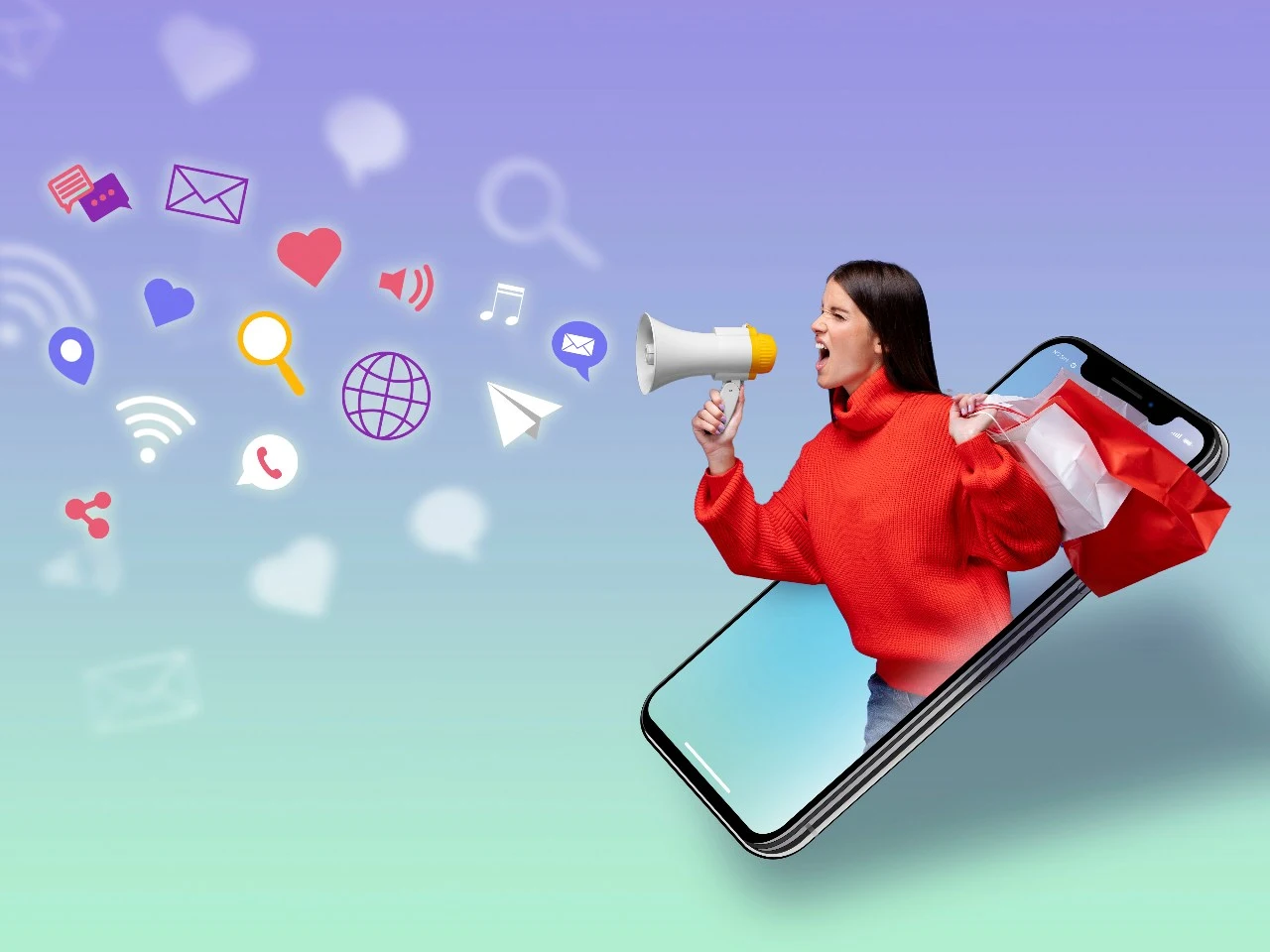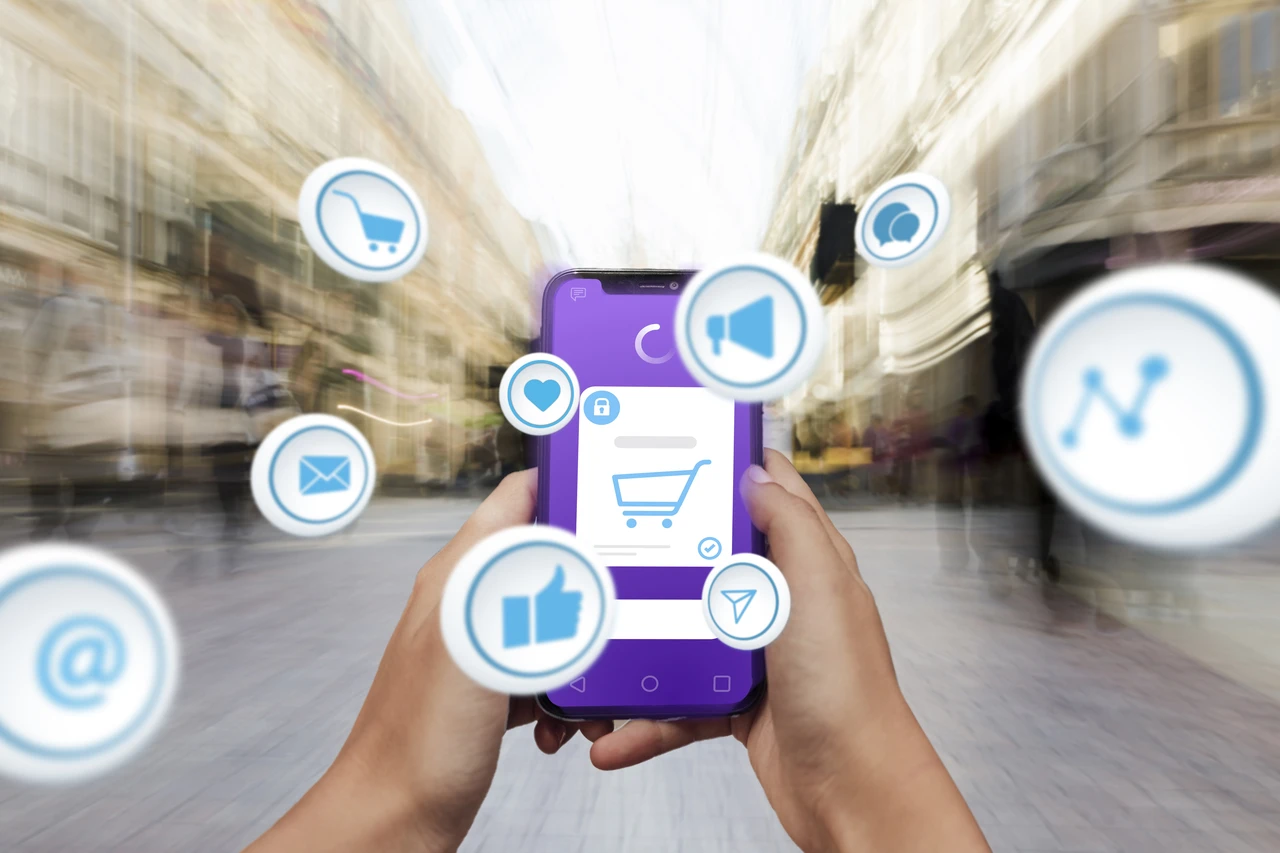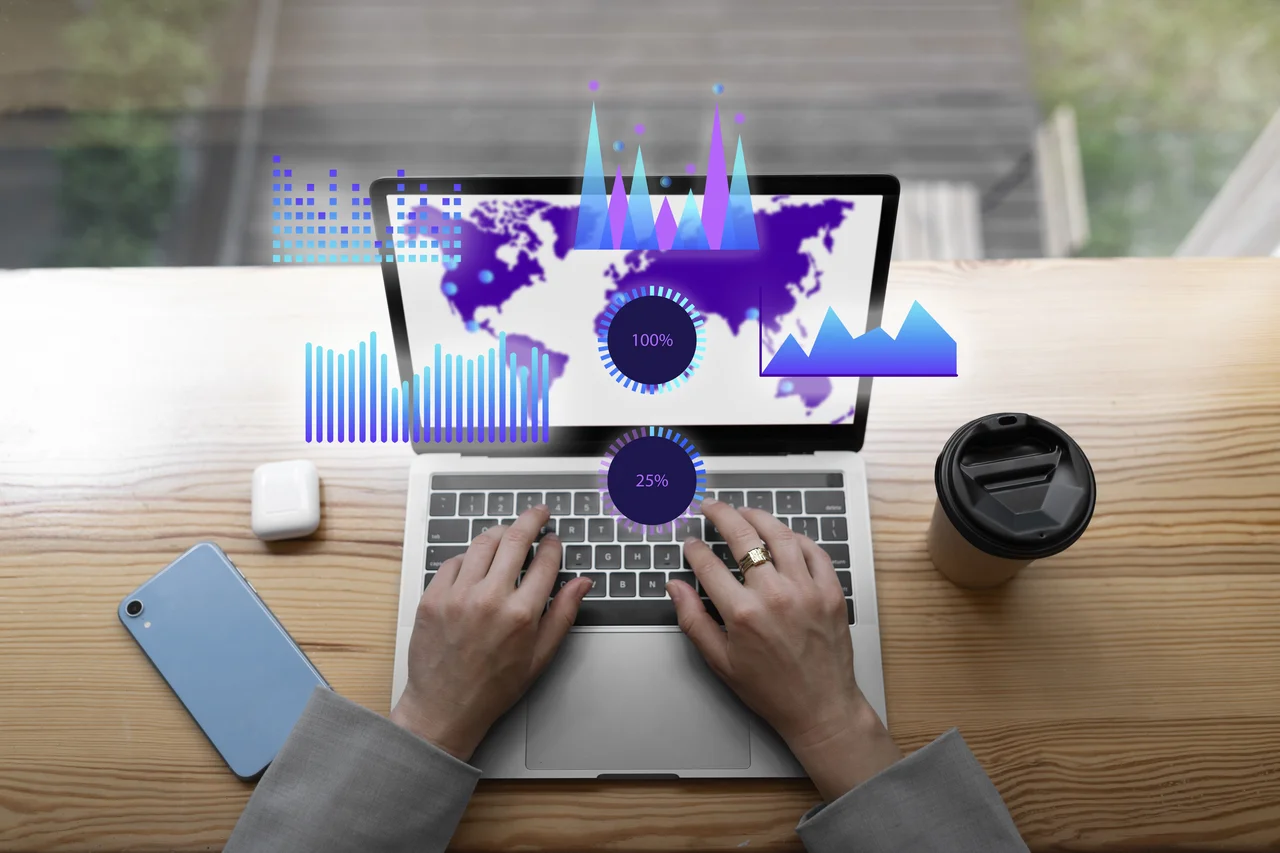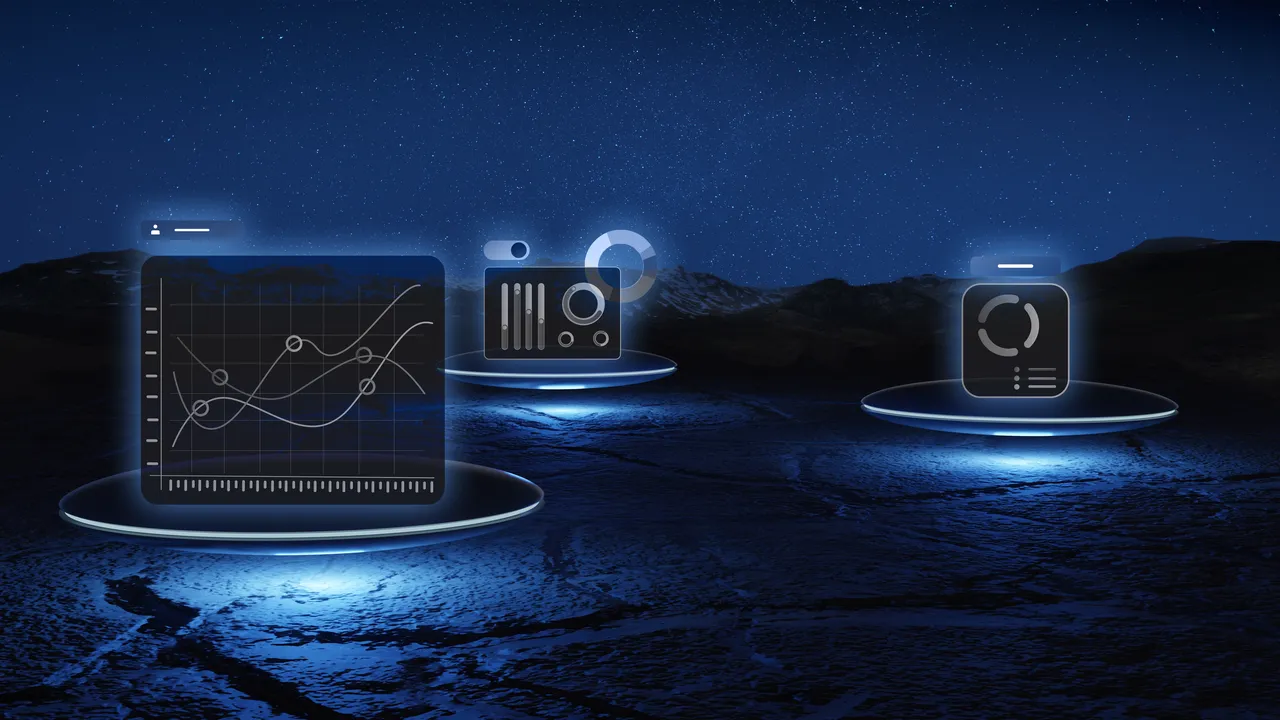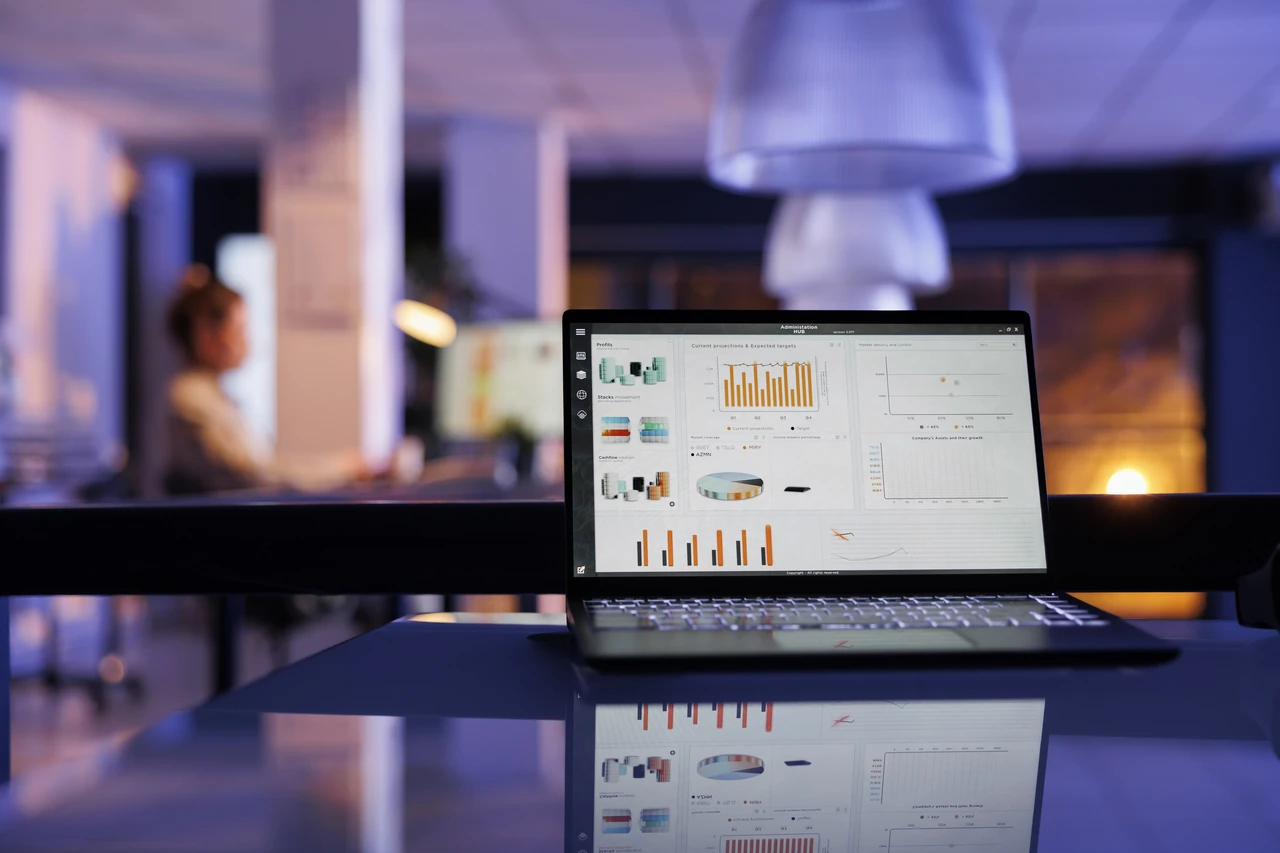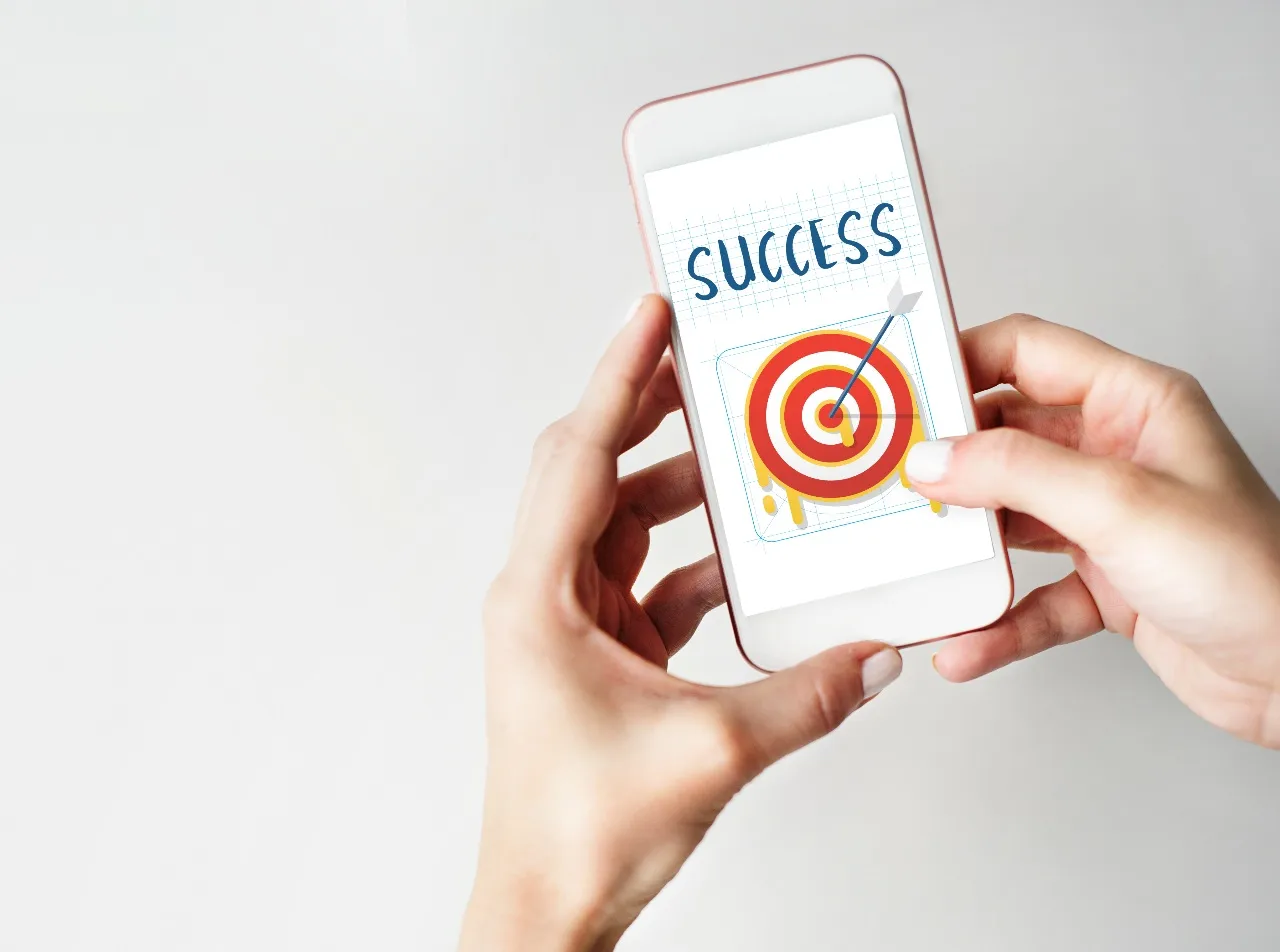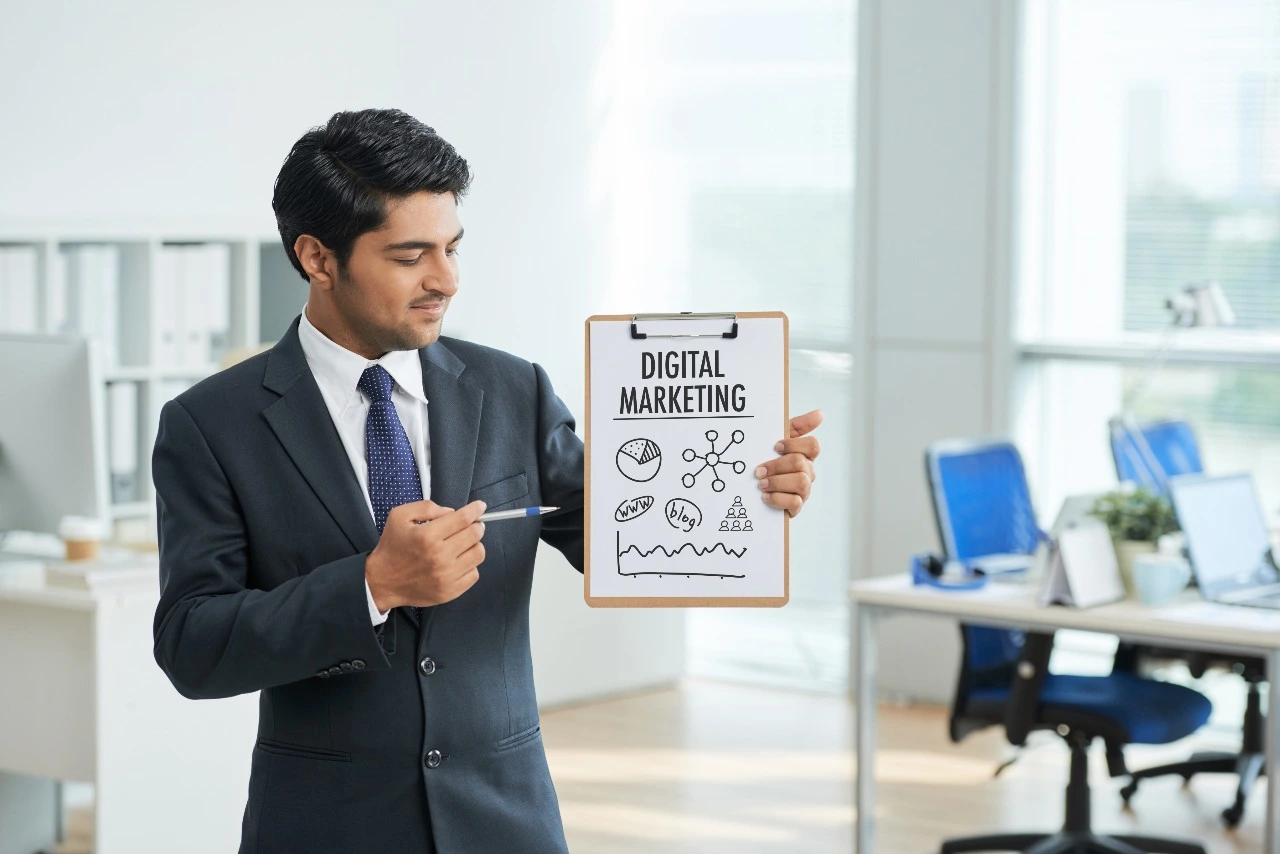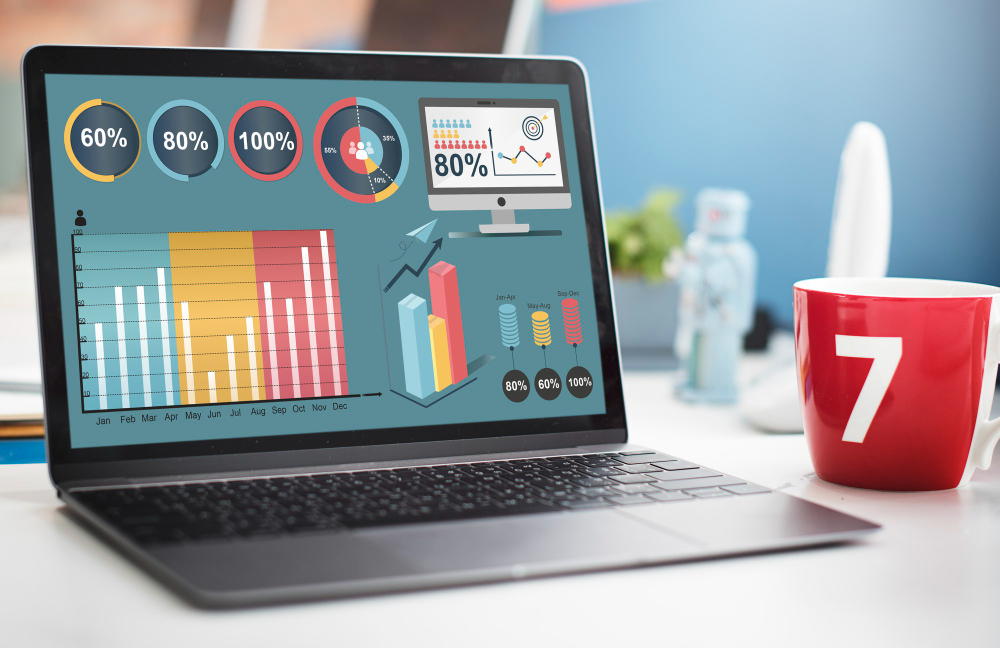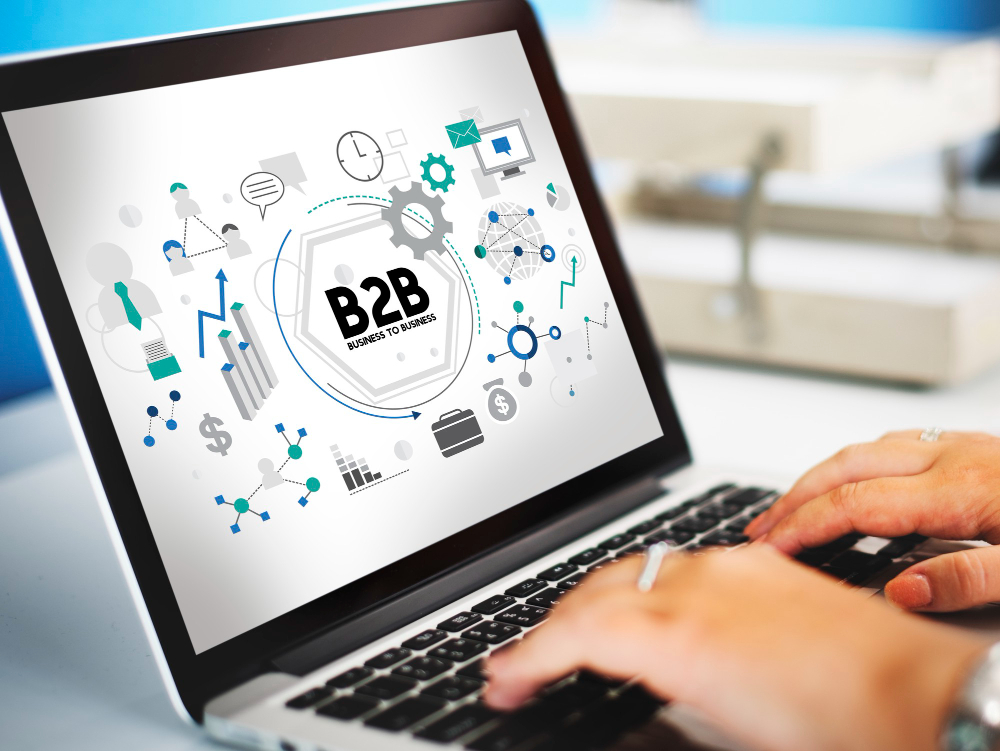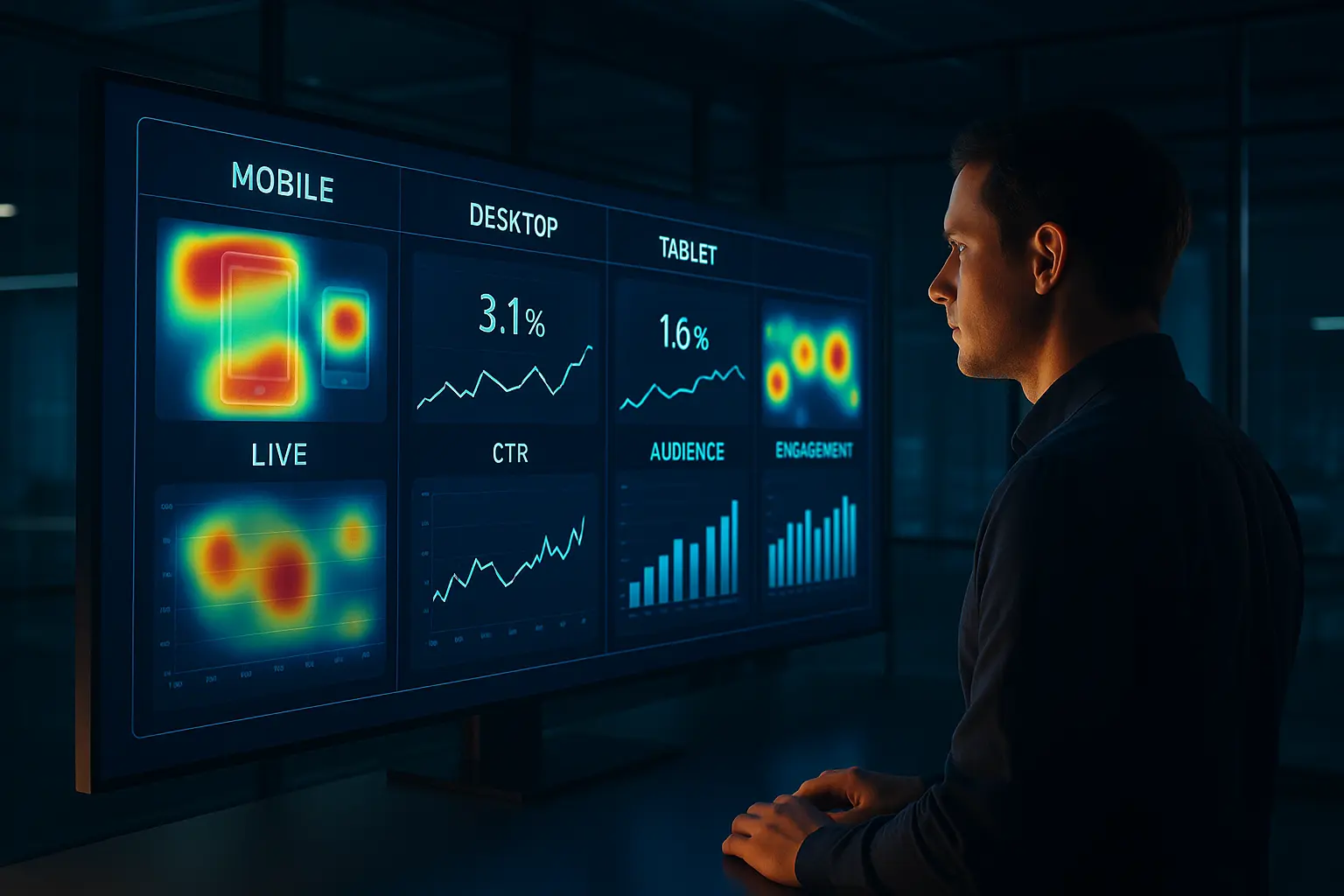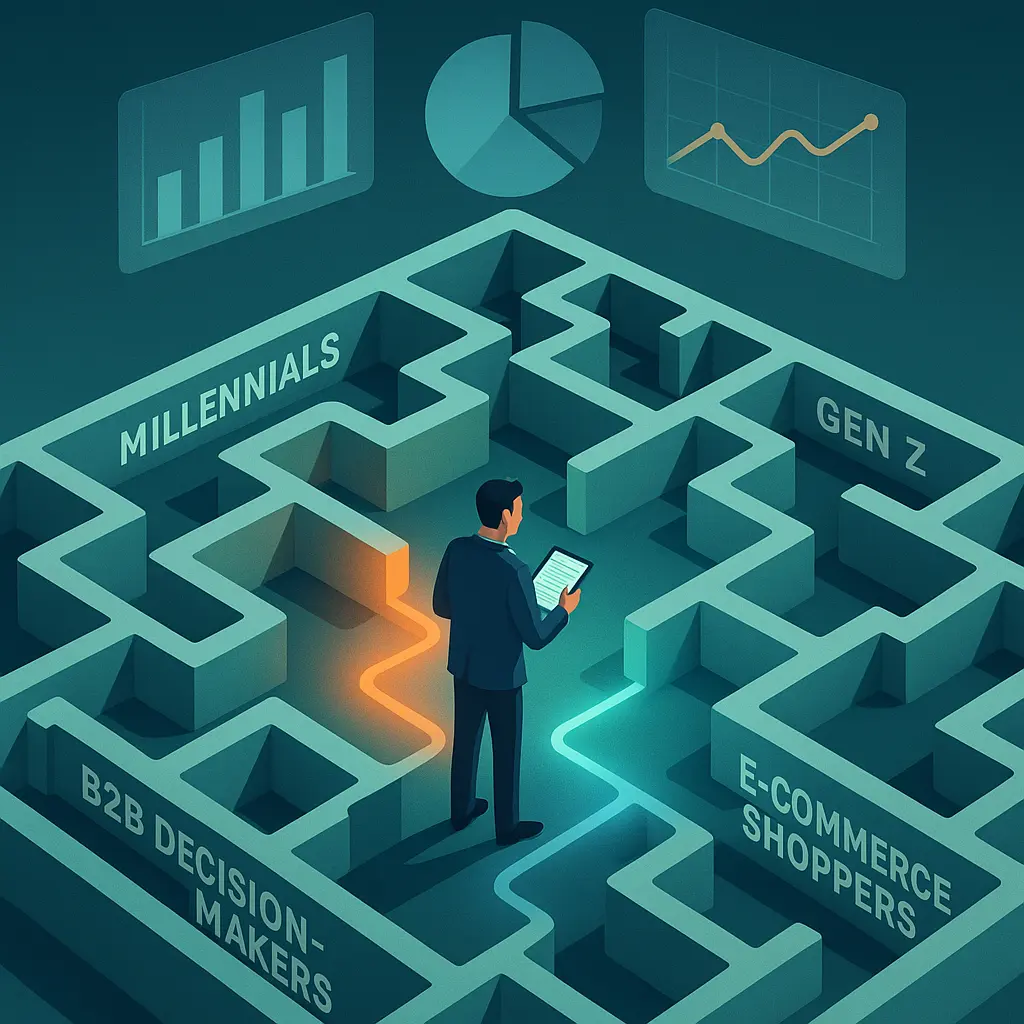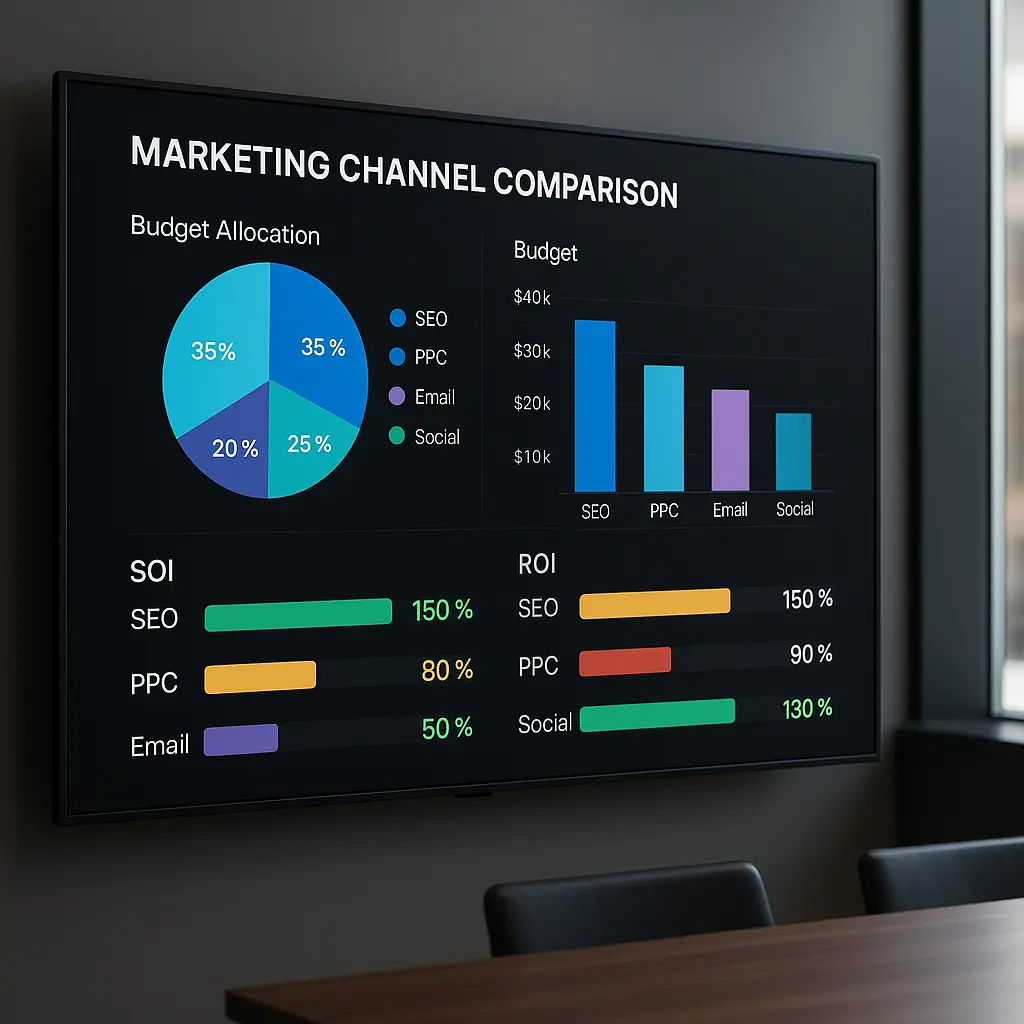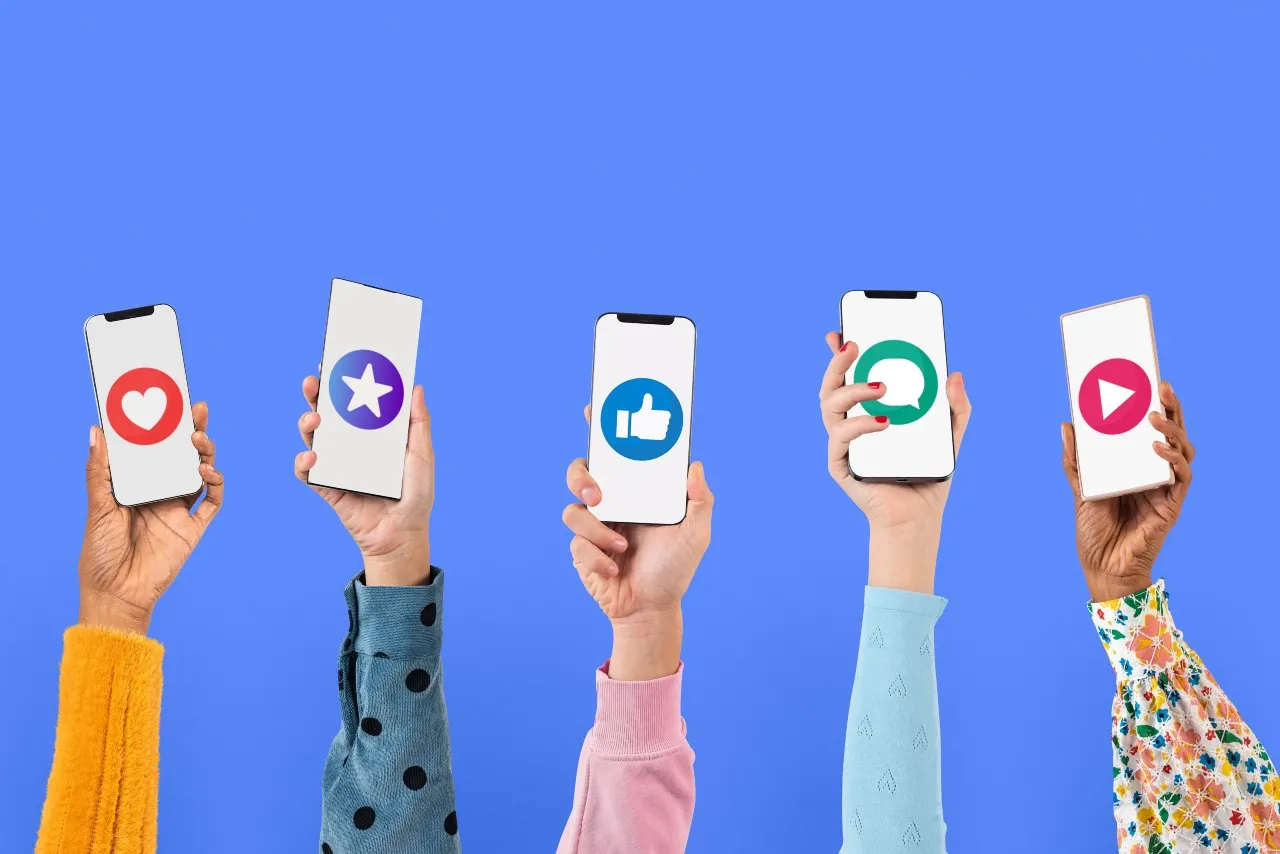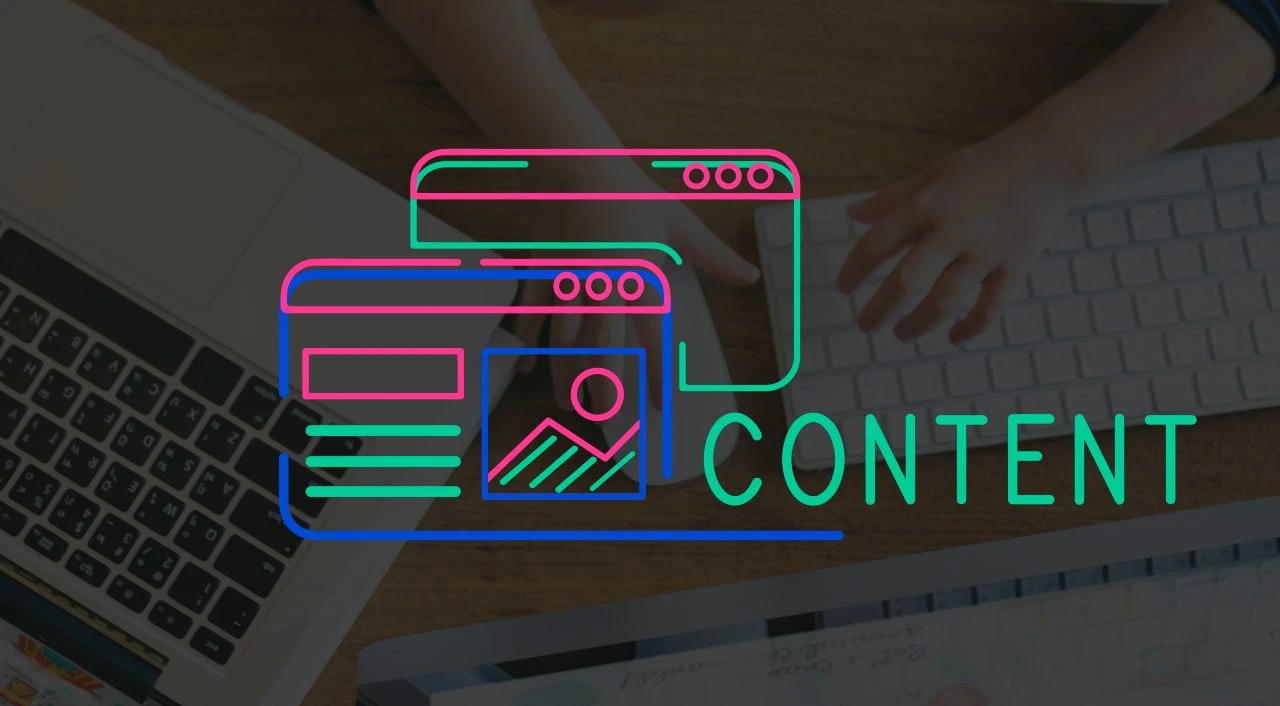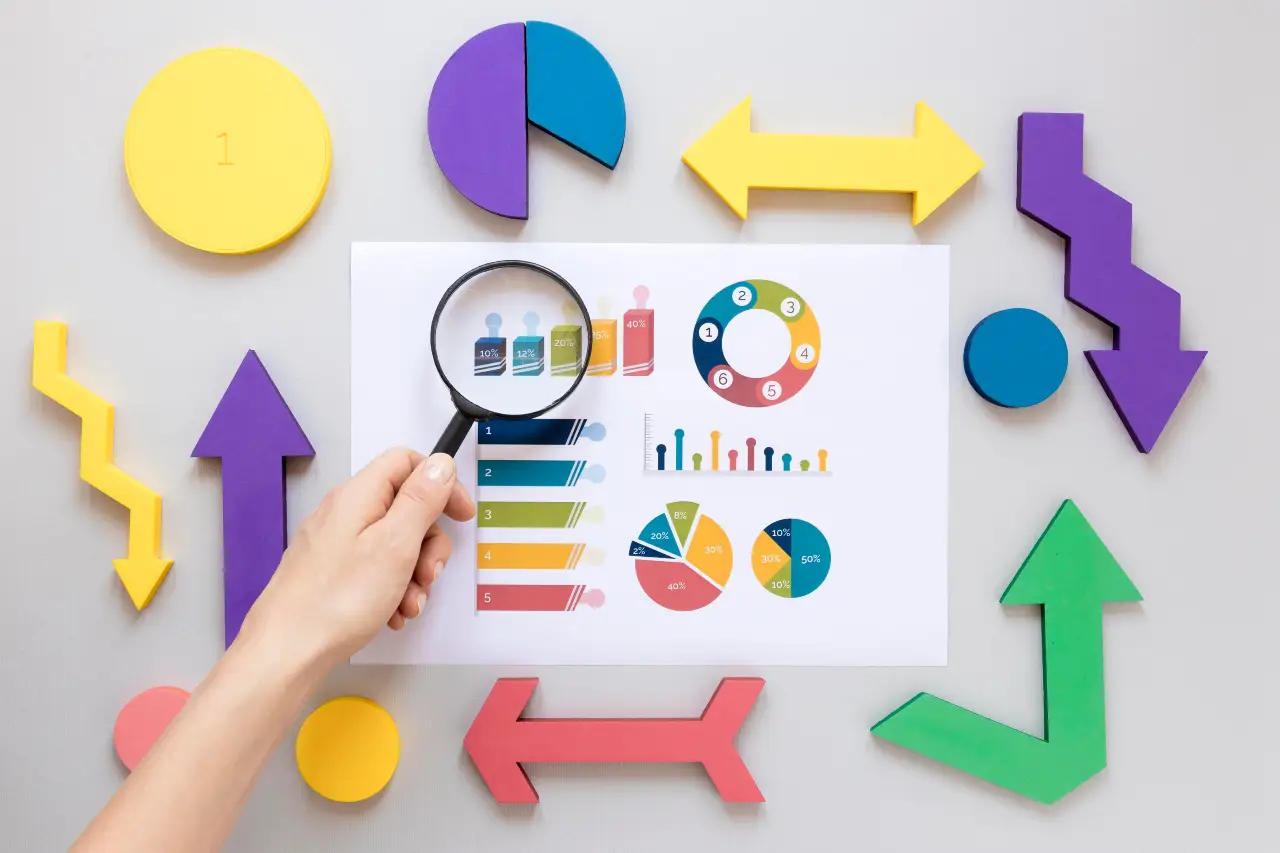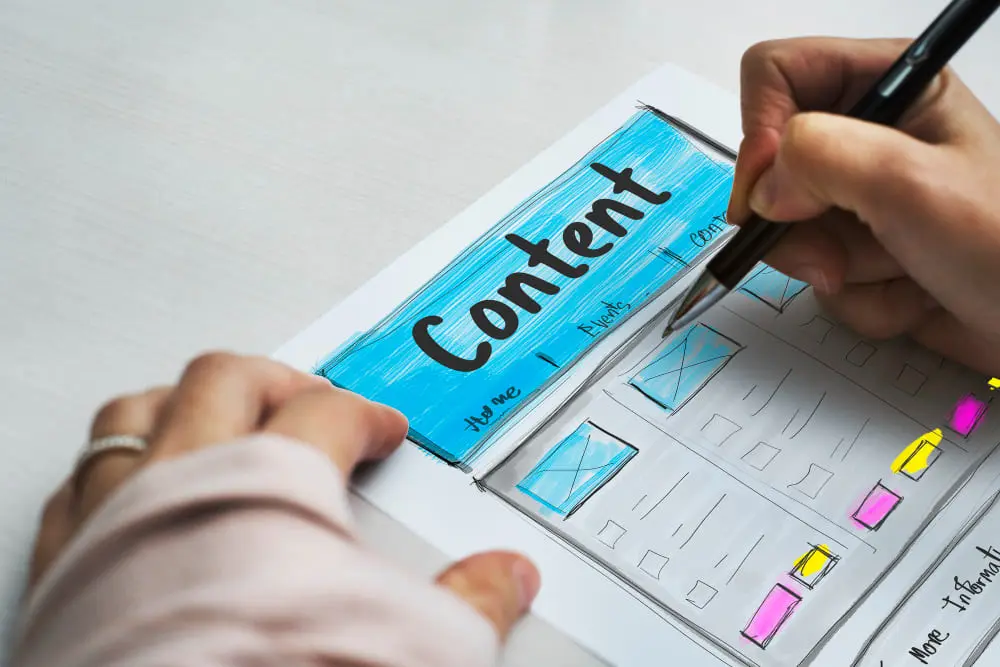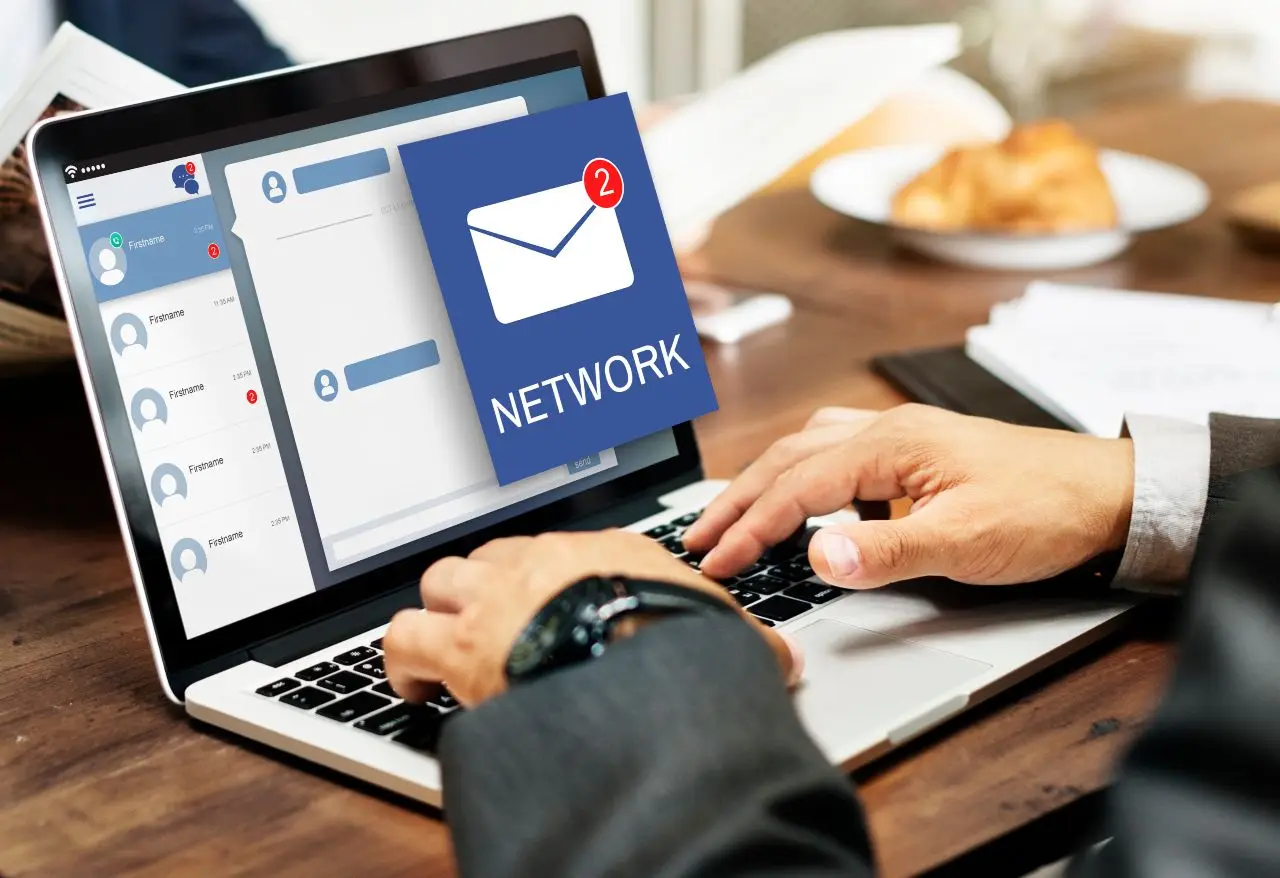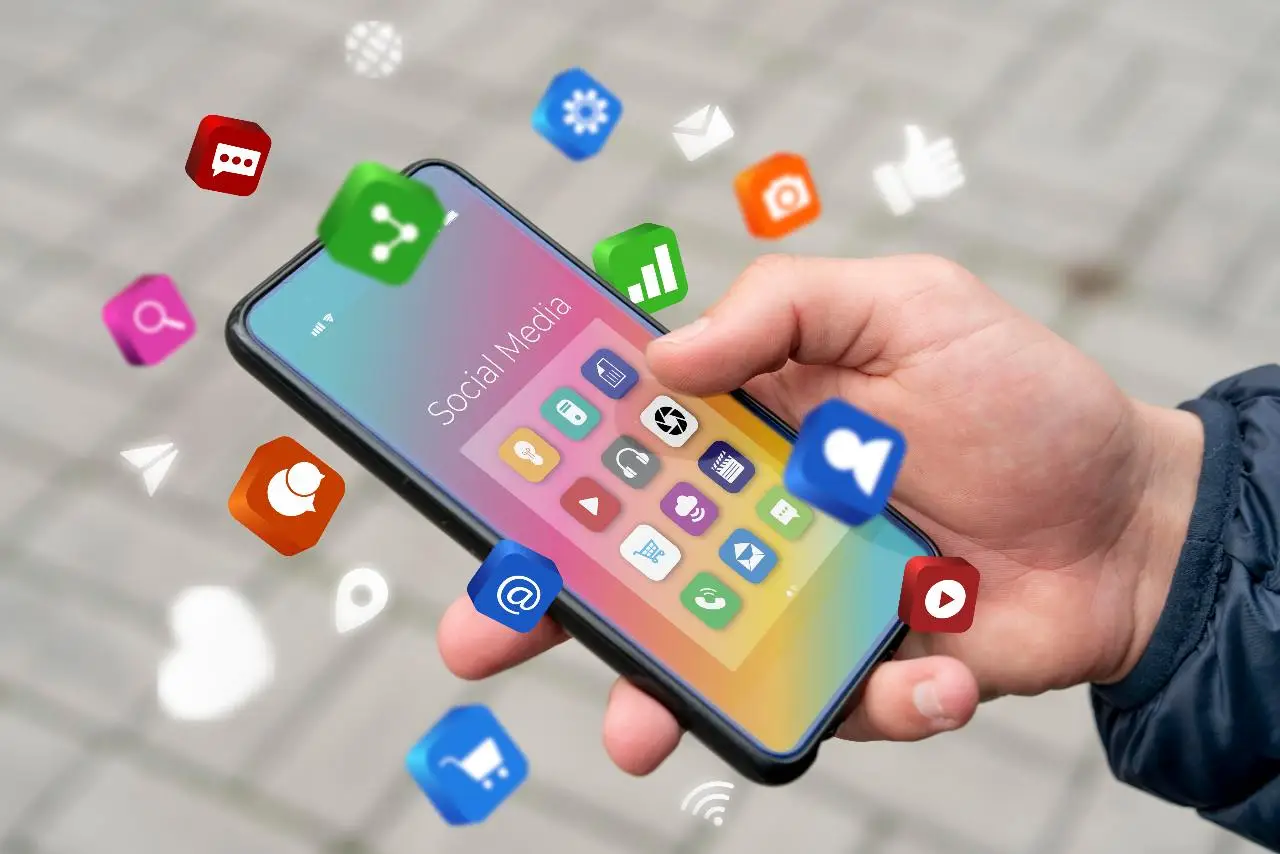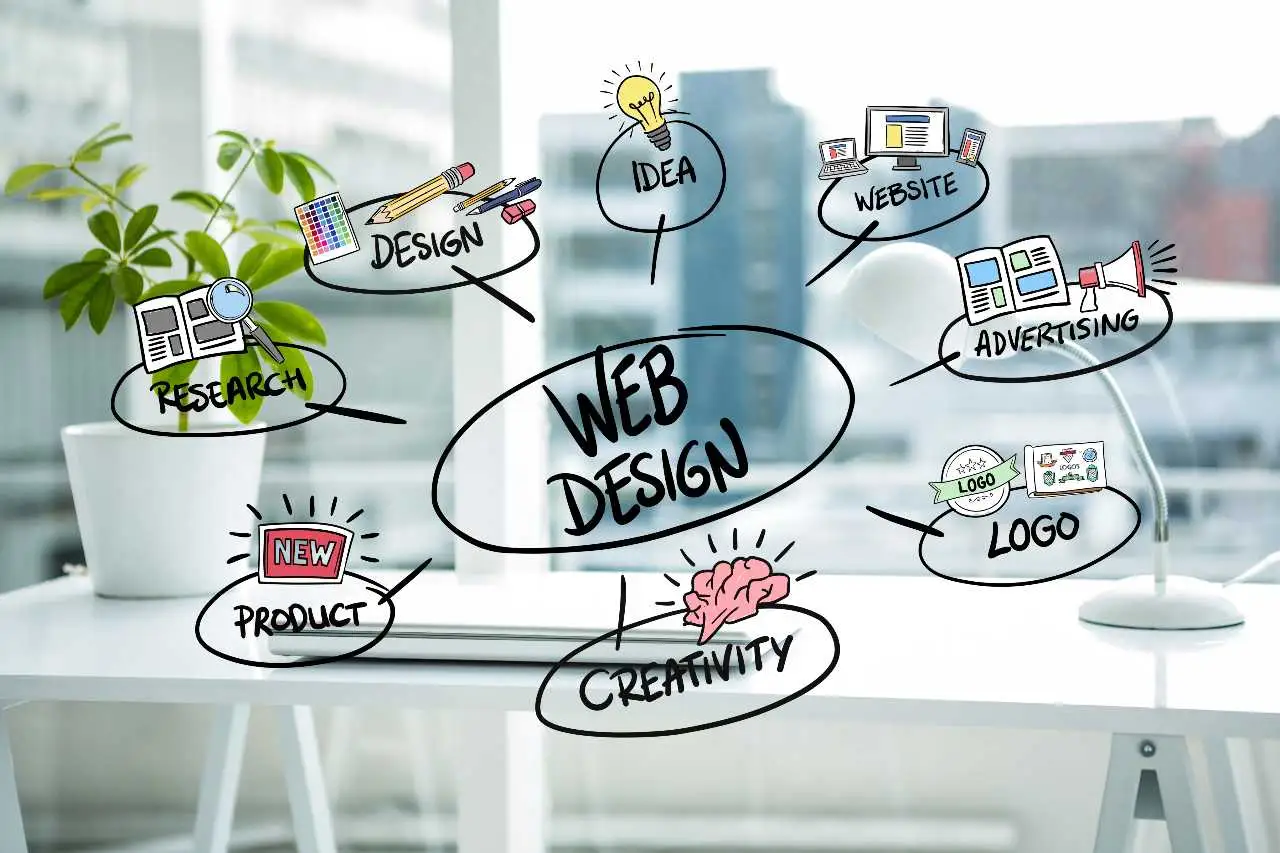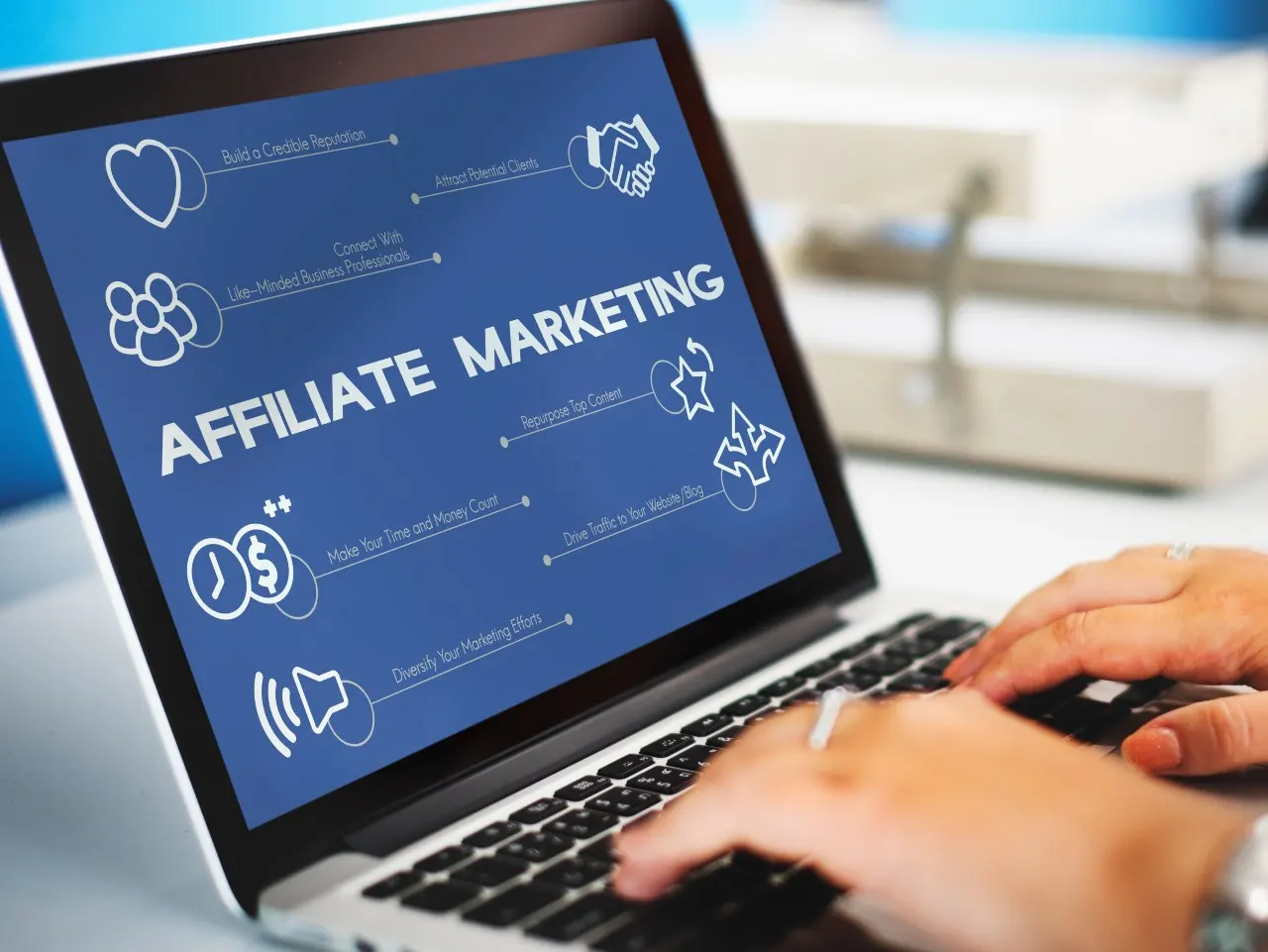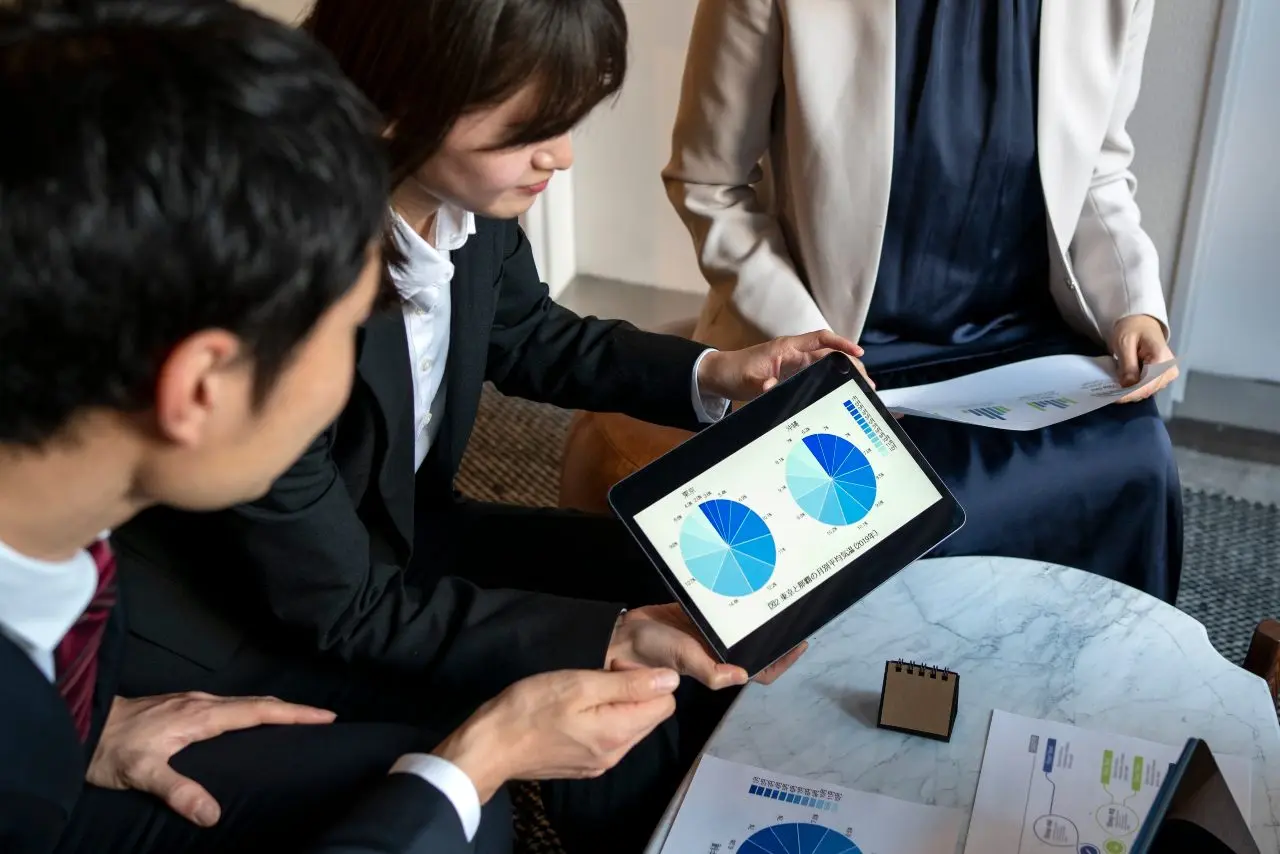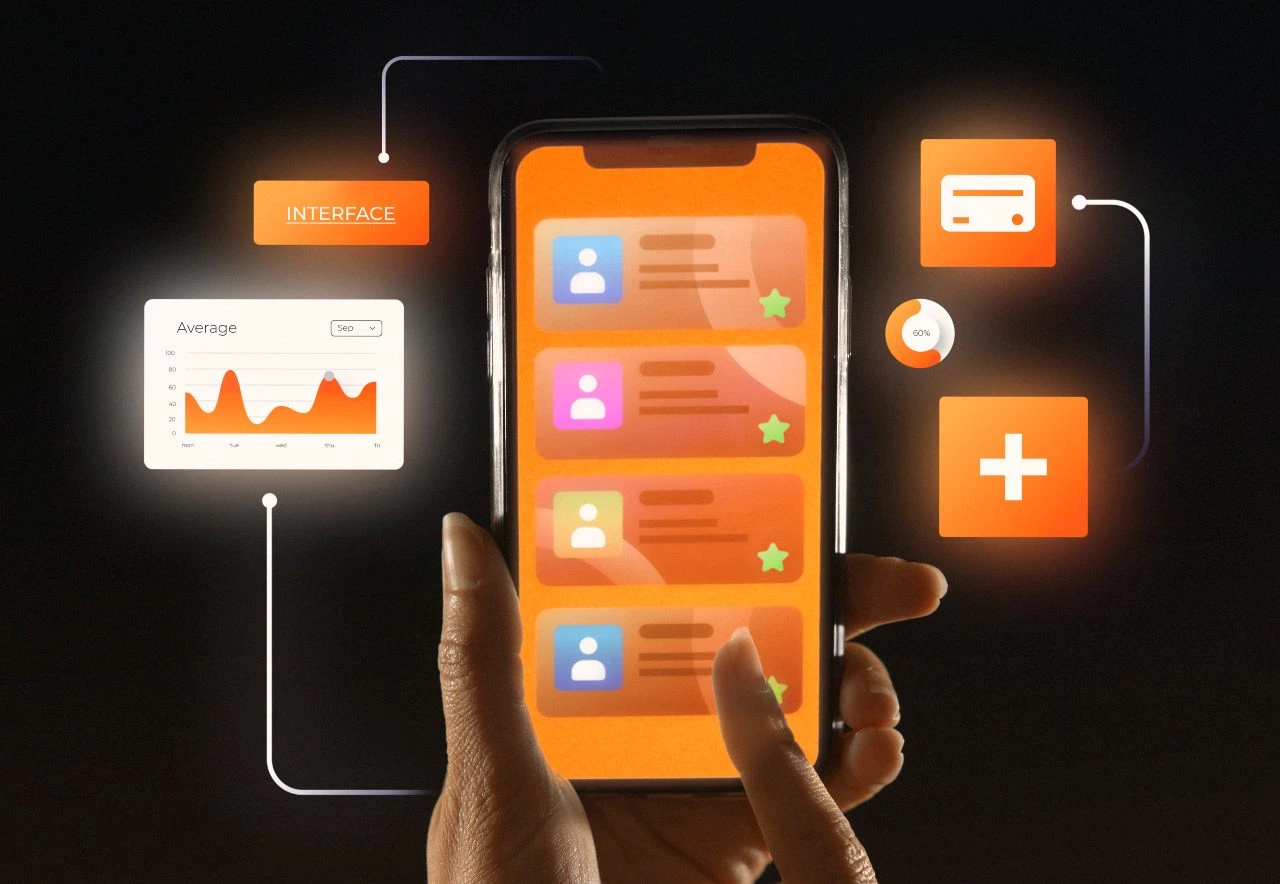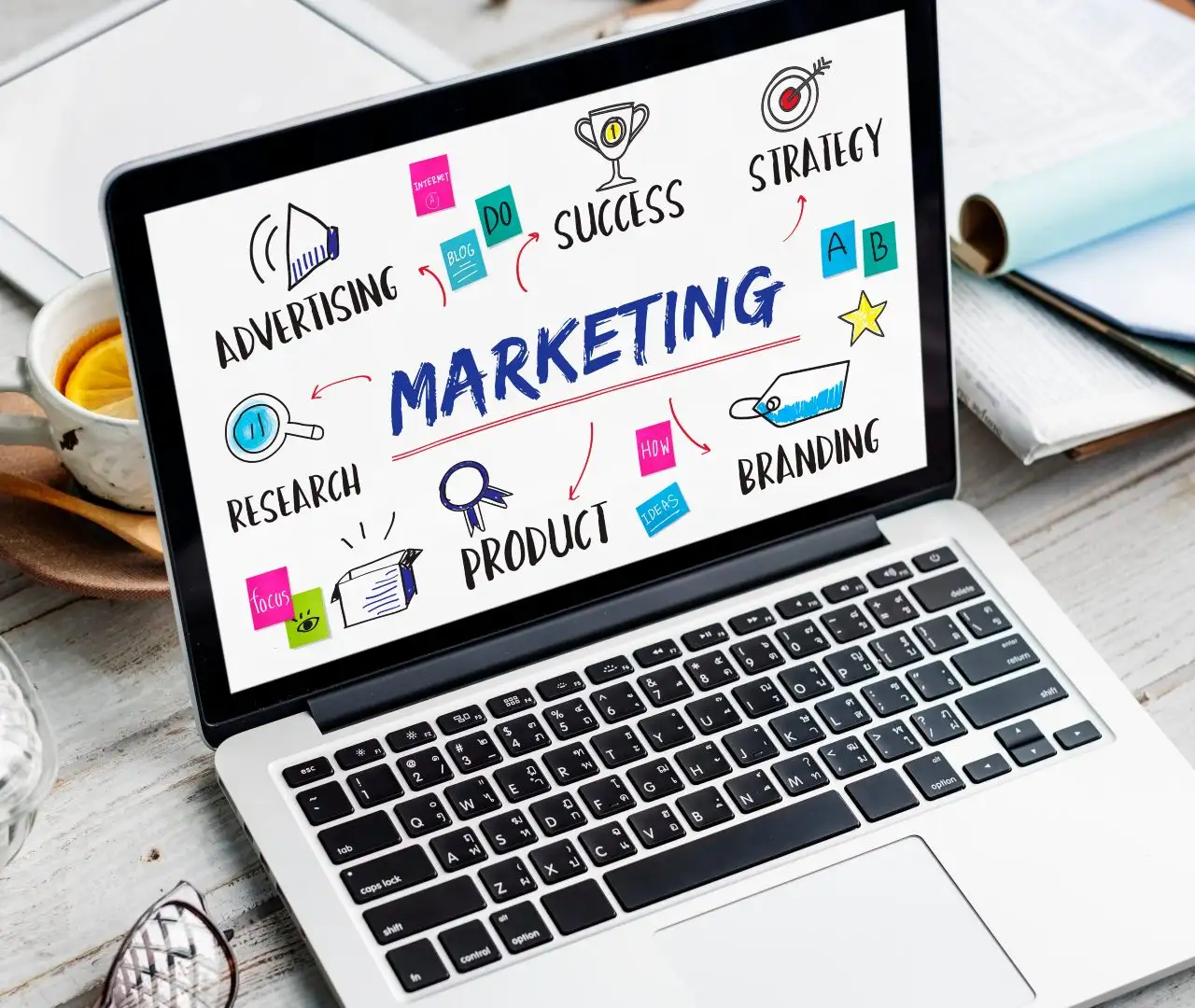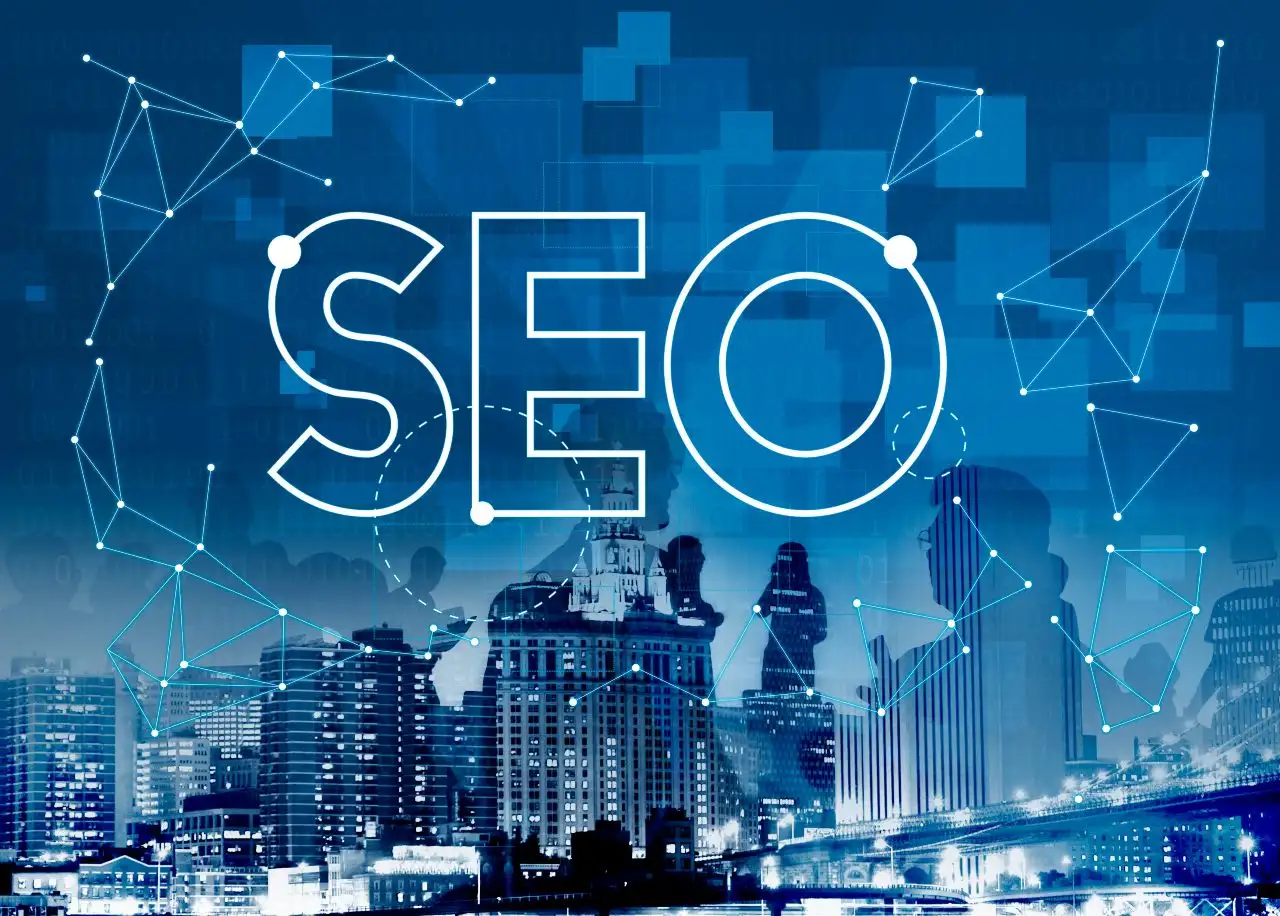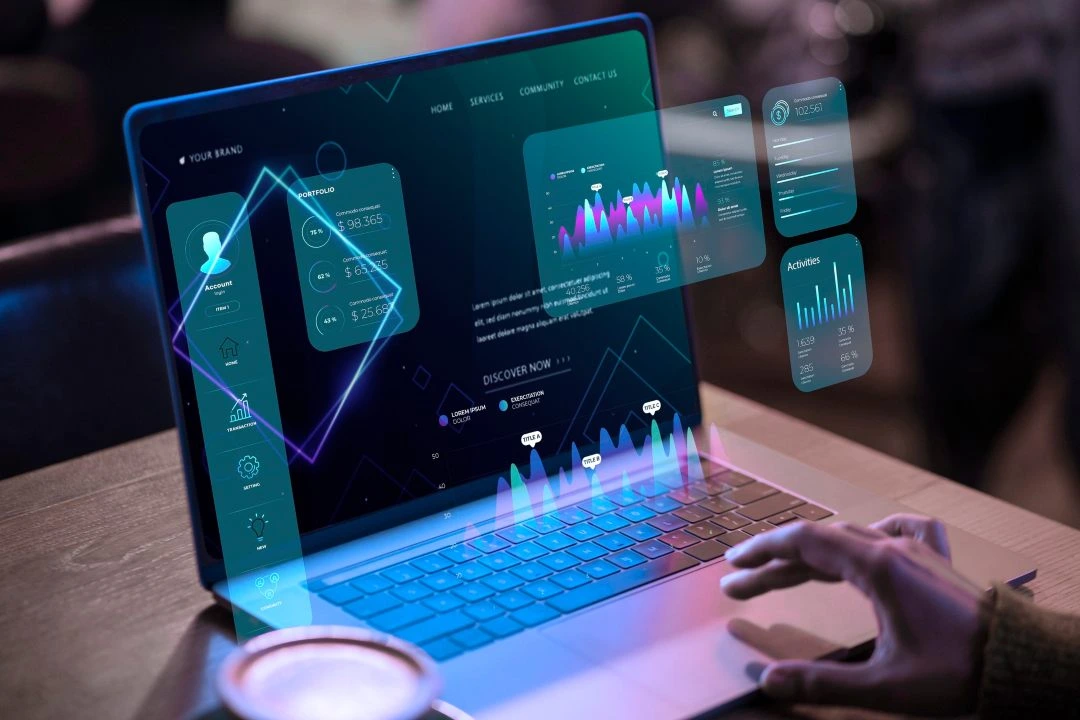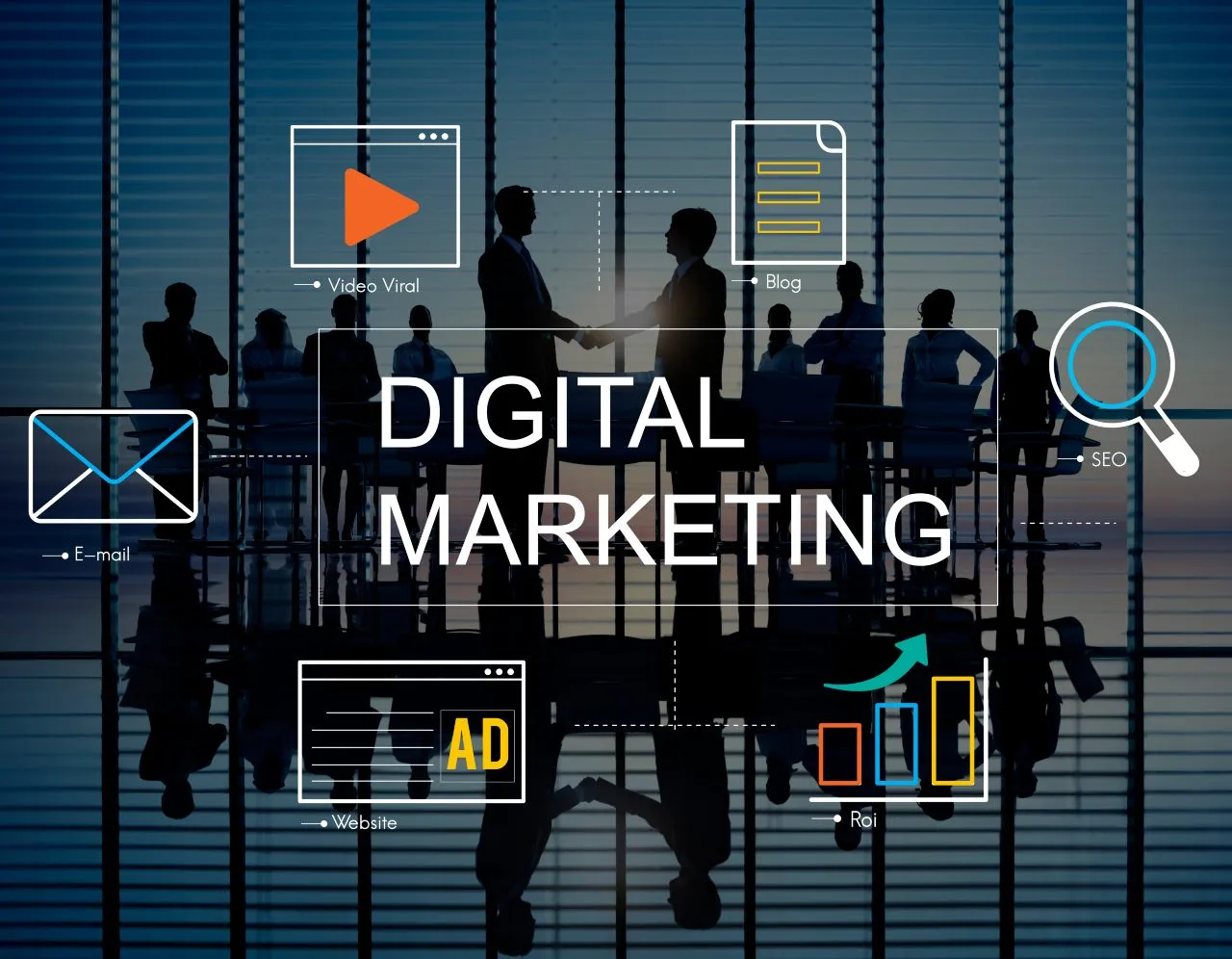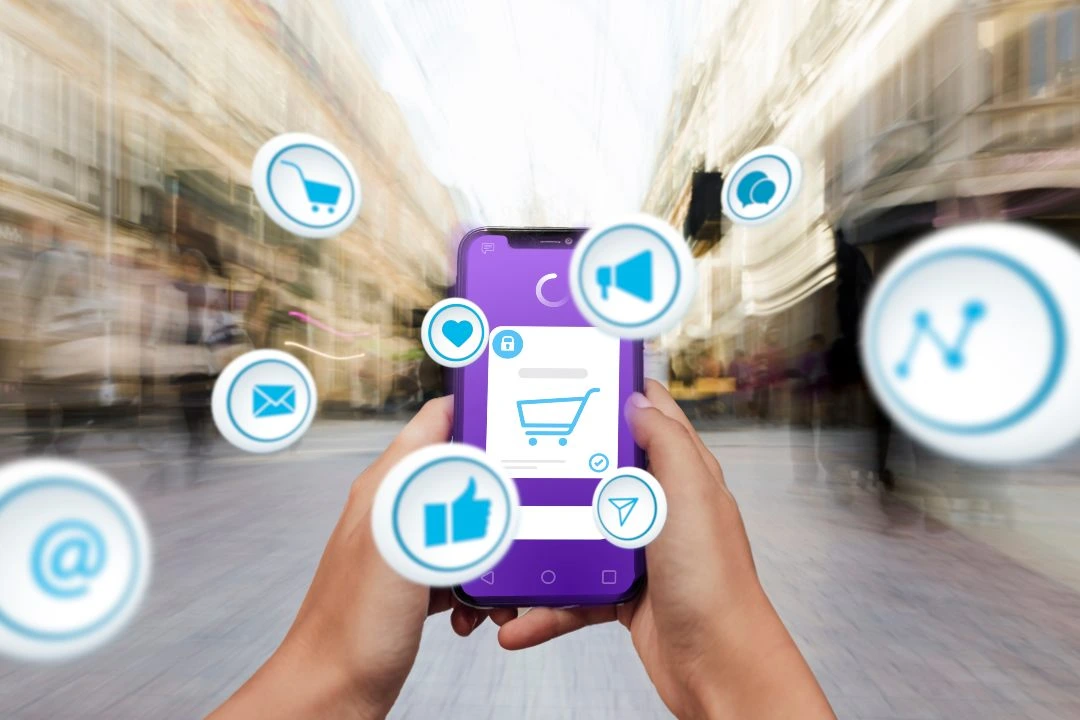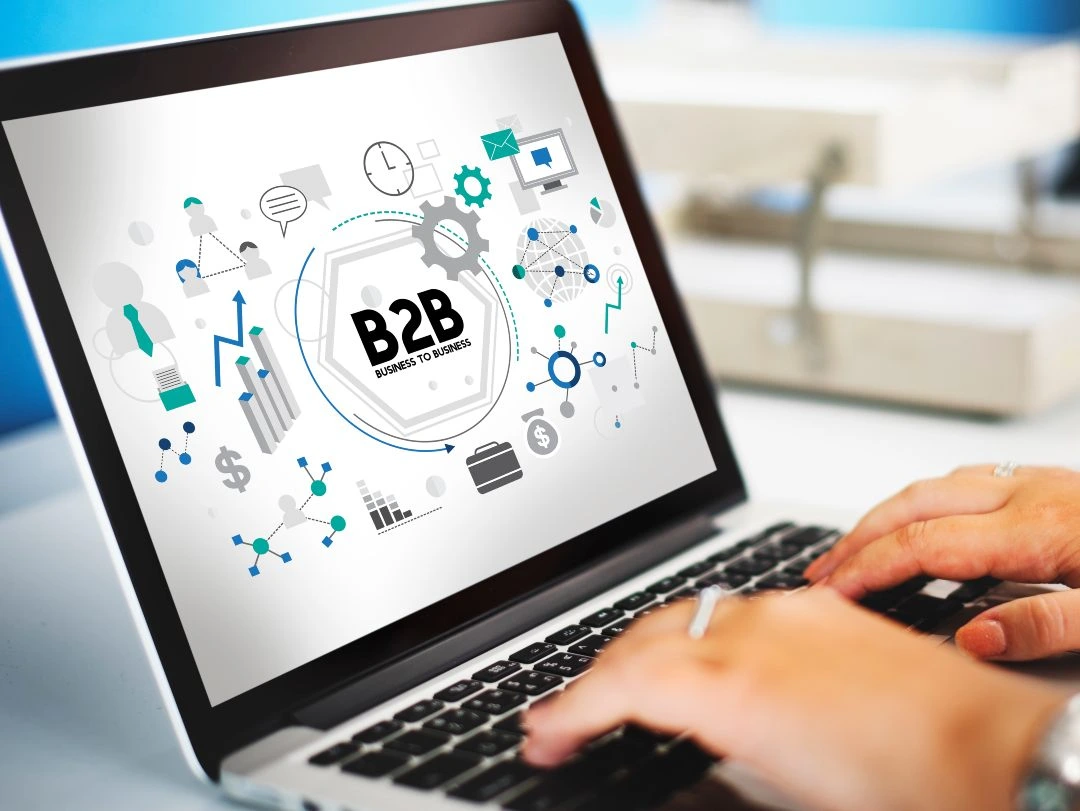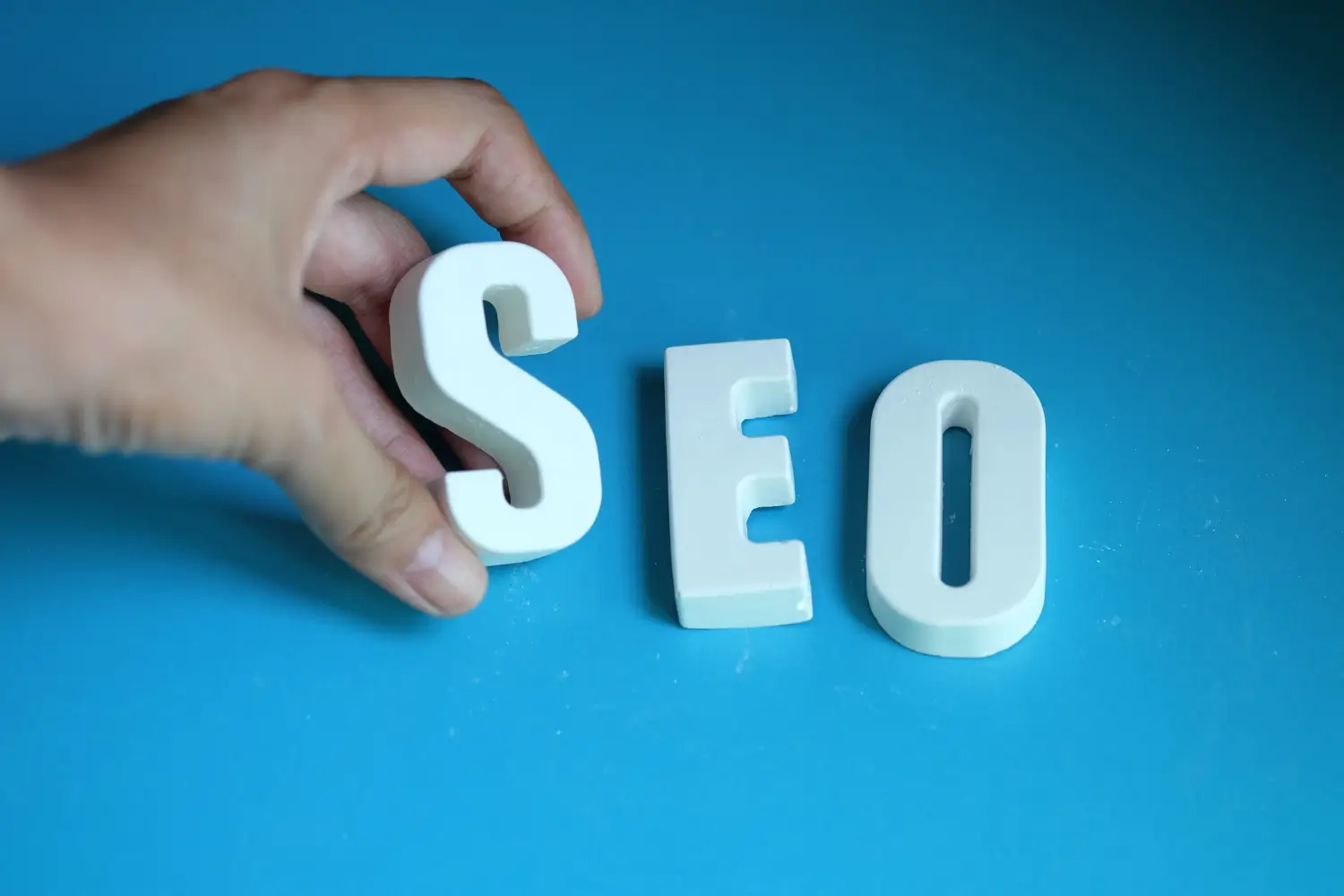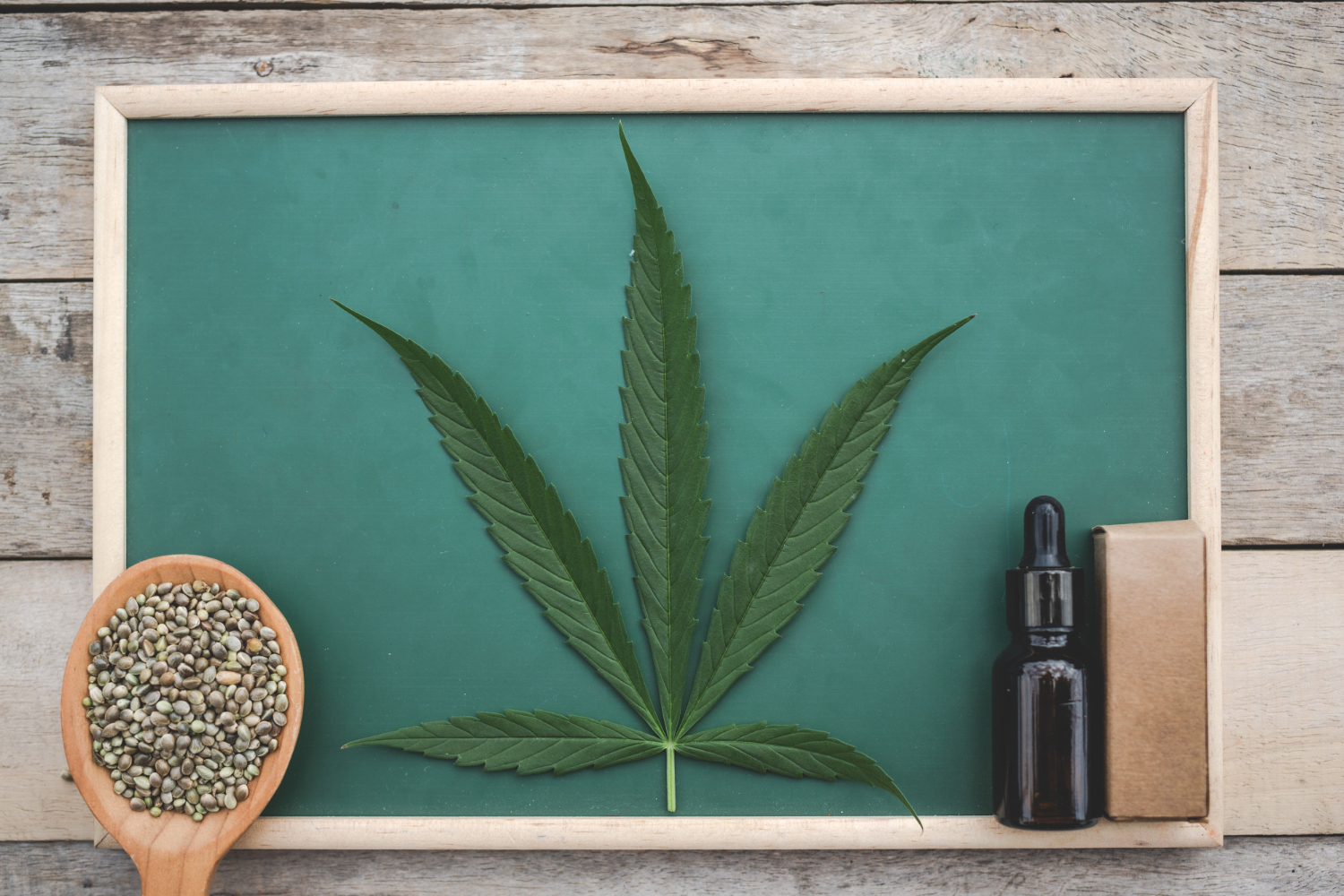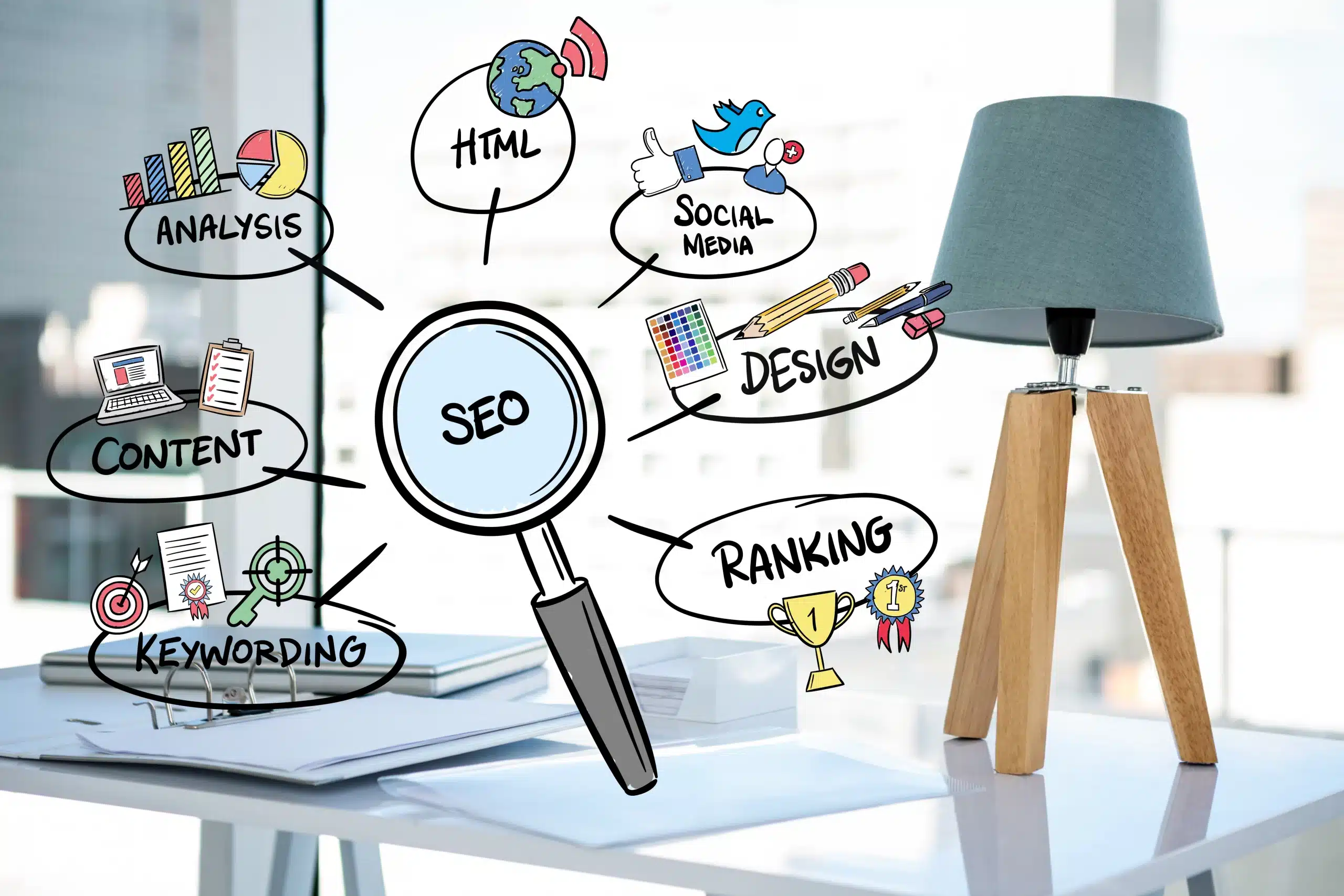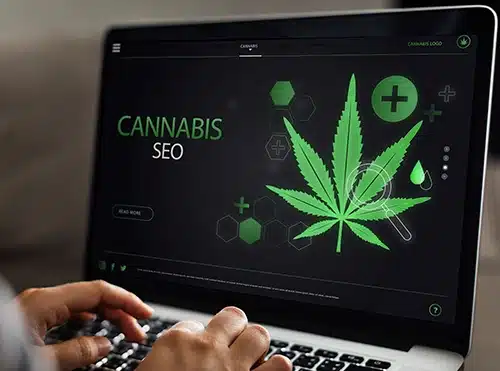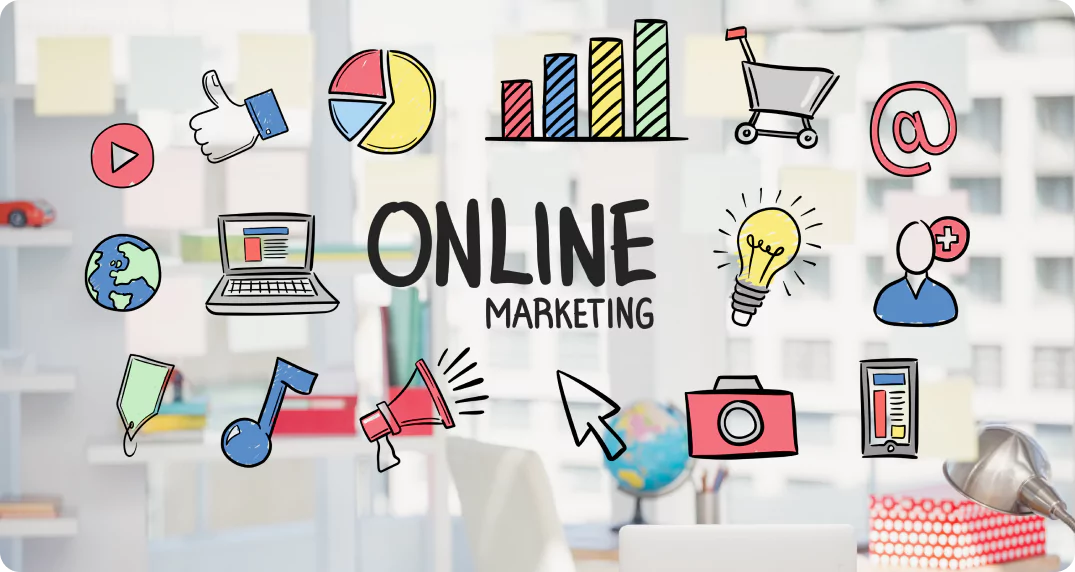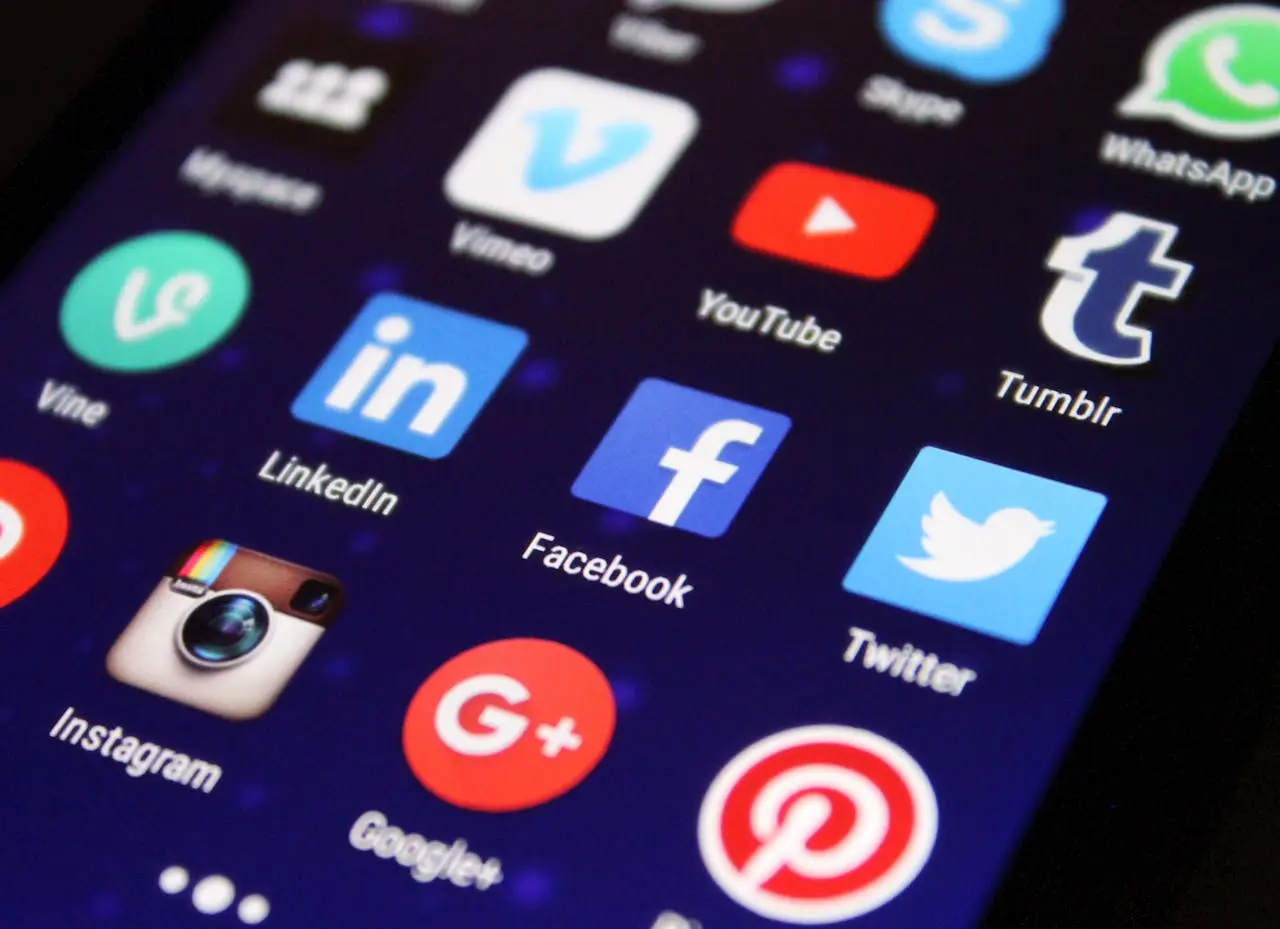Listen to article
Are your digital campaigns stuck in the past? As we accelerate towards 2025, it’s becoming clear that some marketing strategies are simply more mature than others. Successfully navigating the changing landscape requires a keen understanding of emerging digital campaign trends and how they reflect the growing sophistication of marketing organizations.
From AI-driven personalization to integrated marketing strategies, these trends offer valuable insights into what it takes to thrive in today’s competitive market. Are you ready to bring your marketing campaigns up to speed?
In this article, we’ll explore key digital campaign trends for 2025, and what they reveal about the evolution of marketing maturity.
Personalization Powered by AI—The New Standard in Customer Engagement
With the proliferation of data and rapid advancements in AI, marketers are entering an era where delivering a one-size-fits-all message is no longer enough. Sophisticated tools now allow for granular, real-time personalization, while conversational interfaces such as chatbots are elevating customer interactions to feel seamless and intuitive. As AI capabilities evolve, brands that harness these innovations will set the pace for customer experience in 2025 and beyond.
- In 2025, AI-powered personalization will be a dominant force in mobile marketing, enabling brands to deliver highly customized content tailored to individual user preferences and behaviors. Source
- AI-driven personalization enhances the user experience by analyzing vast amounts of data to predict what content or offers will resonate most with consumers. Source
- The chatbot market is projected to grow significantly, reaching $15.5 billion by 2028, up from $5.4 billion in 2023. Source
- AI is poised to replace traditional search queries, especially with the launch of innovative tools like OpenAI’s SearchGPT. Source
The shift toward AI-first personalization is redefining the rules of digital marketing, moving brands closer to frictionless, hyper-relevant customer journeys. With intelligent systems now anticipating consumer needs, marketers can focus on fostering genuine connections and building trust.
Pro Tip:
To maximize results, integrate AI across customer touchpoints—from email campaigns to interactive chatbots—and continually gather feedback to fine-tune your approach as user expectations evolve.
Smarter Campaign Management: The Rise of AI Automation in Ad Platforms
In the arms race for audience attention, AI-driven automation is quickly becoming the marketer’s most valuable asset. No longer limited to just predictive targeting or reporting, today’s ad platforms are tapping into generative AI to streamline everything from ad copy to keyword discovery—shrinking manual workloads while amplifying precision and reach. As AI’s influence deepens, brands that embrace these intelligent tools are poised to deliver more relevant campaigns at scale, turning raw data into real marketing outcomes.
- Google Ads utilizes AI to optimize bids, create relevant ads, and help businesses reach the right audience, exemplified by Performance Max campaigns that use key wordless AI to identify new converting queries. Source
- Google Ads allows for the rapid creation and scaling of creative assets through AI. Source
- Microsoft Advertising offers generative AI ad features like Conversational Ad experiences, Ads for Chat API, and Copilot to enhance ad creation and engagement. Source
What’s clear: the future of digital advertising is hands-off, data-rich, and hyper-responsive. By offloading routine tasks and tapping into real-time machine learning, marketers can focus on strategy while AI handles the heavy lifting—driving smarter targeting, faster creative iteration, and more impressive ROI.
Pro Tip:
Don’t just automate—analyze. Monitor how AI tools are influencing campaign performance and regularly refine your inputs. While automation saves time, human insights are still essential for ensuring your brand voice and messaging stand out from the crowd.
Turning Data into Real-Time Personalization Wins
As privacy laws tighten and cookie-based targeting loses its edge, B2B marketers are moving far beyond surface-level personalization. The race isn’t just about collecting more data—it’s about transforming the right data into richer, more meaningful buyer experiences at every touchpoint. By integrating advanced analytics and first-party insights, brands can anticipate needs and dynamically adapt content, putting personalization on the front lines of digital strategy.
- Marketers are going beyond basic tweaks like changing location or currency; increasingly, they’re using marketing automation tools to deliver entirely unique website experiences for different customer segments, ensuring that content is always relevant to each visitor’s interests and pain points.
- There’s a marked shift toward prioritizing first-party data: savvy teams are directly engaging prospects through surveys, customer feedback loops, and analytics, reducing their reliance on unpredictable third-party sources.
- Building a robust data foundation isn’t just a technical upgrade—it’s the backbone for measuring ROI, optimizing multi-channel campaigns, and making personalization actionable across the buyer journey.
Takeaway: The most innovative marketing teams don’t treat data as a static asset—they activate it to refine targeting, personalize content in real time, and turn every buyer interaction into an opportunity for deeper engagement. With the growing importance of privacy and first-party data, brands that excel in quality data integration will set the pace for smarter, more relevant campaigns.
Pro Tip:
Regularly audit your data sources for accuracy and freshness. Explore integrations between your CRM, marketing automation, and analytics platforms to ensure your personalization efforts are truly cross-channel—and always up to date.
Streamlining Martech for Actionable Insights and Precision Targeting
The sheer volume of marketing technology available today has made stack bloat a genuine challenge for teams aiming to deliver precise, personalized campaigns. Rather than juggling myriad disconnected tools, forward-thinking marketers are shifting focus toward streamlined, integrated platforms that put actionable data at their fingertips—making way for smarter, data-driven decisions without the overwhelm.
- 64% of marketers believe their martech stacks have become too complex in recent years, highlighting the preference for integrated martech solutions. Source
- Tools like MarketingCloudFX allow you to enrich your lead data with helpful info on prospects, their companies, and industries, that allows for better targeting, more personalized campaigns, and ultimately more conversions. Source
The current appetite for unified marketing ecosystems isn’t just a passing trend; it’s a response to the need for agility, cleaner insights, and higher campaign ROI. By reducing martech overload and layering in rich, real-time data enrichment, marketers are better positioned to reach the right people with the right message—without drowning in tech sprawl.
Pro Tip:
Take a regular inventory of your martech stack; sunset redundant tools and double down on solutions that offer seamless data integration and robust enrichment. This will empower your team to deliver hyper-personalized campaigns with less manual effort and greater business impact.
Voice-Driven Discovery Meets Interactive Video Experiences
The digital landscape is undergoing a seismic shift as voice technology and immersive video formats weave themselves into the fabric of how audiences discover, learn, and shop. These new habits signal not just fleeting trends but a fundamental transformation in consumer expectations—demanding frictionless, conversational, and visually stimulating interactions. Brands that embrace these shifts with agility are likely to stand out as industry frontrunners.
- Voice is anticipated to become a $45 billion channel by 2028, with voice shopping already accounting for over $3.3 billion in consumer spending. Source, Source
- 51% of consumers who shop via voice use it to research products, 22% make purchases directly through voice commands, and 17% use voice technology to reorder items. Source, Source
- Short-form video content is the go-to medium for engaging younger audiences, with the popularity of platforms like TikTok, Instagram Reels, and YouTube Shorts continuing to grow. Source
- Interactive videos, shoppable content, and live streaming will become even more important, helping businesses craft video content that resonates with their target audience and drives conversions. Source
Take a closer look, and you’ll notice the opportunity isn’t just about channel adoption—it’s about creating seamless experiences that anticipate user intent. Voice search demands clear, conversational content and long-tail keywords, while short and interactive videos should be tailored to spark curiosity within seconds. The brands winning attention are those experimenting boldly: reimagining FAQs for voice assistants, making products instantly shoppable in videos, and hosting live interactive sessions to foster real-time engagement.
Pro Tip:
To maximize results, optimize website content for natural language queries and prioritize mobile-friendly video formats—then use analytics to double down on what drives action. Blending voice and video strategies can unlock new levels of brand loyalty and conversion. For businesses looking to integrate these trends into a cohesive approach, exploring full-service marketing solutions can help streamline efforts and achieve measurable results.
Bridging Silos for Amplified Marketing Impact
Modern marketing rarely happens on a single channel—and brands that fail to connect the dots between campaigns risk missing out on game-changing results. Integrated strategies don’t just streamline execution; they multiply the effectiveness of every touchpoint, from social to email to paid media. Yet, most organizations still struggle to unify their efforts, leaving massive potential untapped.
- 70% of marketing teams lack an integrated content strategy, a critical gap in an era where coordinated multichannel efforts drive brand consistency and recall. Source
- Bringing teams and channels together isn’t just theoretical: brands see a 31% boost in campaign efficiency when integration is prioritized. Source
- Integrated campaigns deliver more than just operational gains—companies report 50% higher ROI when they orchestrate marketing across channels. Source
The writing is on the wall: organizations that champion unified strategies deliver stronger results across the board—not only in efficiency, but in ROI and brand impact as well. For teams seeking to mature their marketing operations, integration is no longer “nice to have”—it’s an imperative.
For smaller companies looking to boost integration without overwhelming internal resources, exploring digital marketing strategies for small businesses can provide a strong foundation for creating a cohesive, multichannel approach.
Pro Tip:
Kickstart your integration journey by holding cross-channel strategy sessions and investing in collaborative tools. Even incremental alignment can break down silos and unlock exponential results across all your campaigns.
Mapping the Content Marketing Growth Curve in B2B
The B2B content marketing sphere is anything but uniform—while some teams are running sophisticated, data-driven programs, others are still solidifying foundational strategies. This unevenness is shaping the competitive landscape: mature organizations are able to measure ROI with precision and scale best practices, while those further behind encounter hurdles with alignment, measurement, and integration. Knowing where your organization stands on this spectrum isn’t just a reflection exercise; it’s a springboard for targeted growth and smarter resource allocation.
- Only 9% of B2B marketers describe their content marketing as “sophisticated,” marked by reliable metrics and scalable, organization-wide execution. Source
- 25% consider themselves at the “mature” stage, having found notable success but often struggling to integrate content marketing throughout every department. Source
- 31% fall into the “adolescent” bracket, showing positive early results, building a solid business case, and progressing in measurement and scaling tactics. Source
- Another 25% admit to being in the “young” stage, wrestling with foundational growing pains like designing a unified strategy and consistent metrics. Source
- The last 9% are just laying the groundwork, with content marketing not yet a core, repeatable process. Source
B2B brands that want to break out from the majority must bridge the gap between experimentation and organization-wide excellence. This means tightening feedback loops, investing in technology that tracks and measures impact, and ensuring content aligns with business objectives—not just marketing goals. Those who prioritize internal education and process refinement are more likely to graduate into the top tier of content sophistication.
Pro Tip:
Take time for an honest audit of your content marketing maturity. Use maturity models to pinpoint gaps, then align your next investments—whether people, processes, or tech—directly with those growth areas. This way, you’ll avoid wasted effort and accelerate meaningful progress.
Where Marketers Are Doubling Down: Budget Shifts Toward Digital and Events
Marketers are making bold moves with their budgets, signalling where true value is being found: the digital space and live, in-person experiences. Instead of playing it safe, many brands recognize that consumer expectations have shifted—audiences want both seamless online engagement and the irreplaceable connection of face-to-face events. By placing their bets on these channels, organizations are not just keeping up; they’re actively shaping the customer experience battlefield.
- 94% of small businesses plan to boost their digital marketing spend in 2024, underscoring a near-universal shift toward online channels.
- 66% of meetings and events professionals expect higher budgets in 2025, reflecting strong industry confidence in the power of gathering people in person.
What’s clear is that brands no longer view digital and events as separate silos—they’re investing in both as complementary engines for growth. The smartest marketers are weaving together immersive digital journeys with on-the-ground brand experiences to deliver value at every touchpoint.
Pro Tip:
Combine data from your digital campaigns with insights gathered at live events for a unified, 360-degree view of your audience; this synergy will help you personalize messaging, optimize follow-ups, and drive deeper loyalty.
Conclusion
As we look toward 2025, the digital marketing landscape is clearly maturing, with brands embracing trends that prioritize personalization, efficiency, and innovation. From AI-driven solutions reshaping customer interactions to the surge in integrated marketing strategies, successful campaigns will hinge on a brand’s ability to balance technology with authentic engagement. The rise of voice search, short-form video, and live events further underscores the need for marketers to remain agile, adapting their strategies to how consumers interact with content and brands.
The journey to marketing maturity isn’t just about adopting the latest tools—it’s about leveraging them thoughtfully to create meaningful connections and measurable outcomes. Whether it’s simplifying martech stacks, capitalizing on first-party data, or scaling B2B content marketing efforts, these trends highlight the importance of a holistic and integrated approach.
Are you ready to refine your strategies and achieve marketing excellence in the year ahead? If you’re ready to supercharge your business, don’t hesitate to get in touch with our full-service marketing pros for a free quote. Let us help you turn these 2025 trends into actionable growth opportunities for your brand.
About What 2025 Digital Campaign Trends Reveal About Marketing Maturity
This guide was written by the Scopic Studios team and reviewed by Araksya Hakobjanyan, SEO Lead at Scopic Studios.
Scopic Studios delivers exceptional and engaging content rooted in our expertise across marketing and creative services. Our team of talented writers and digital experts excel in transforming intricate concepts into captivating narratives tailored for diverse industries. We’re passionate about crafting content that not only resonates but also drives value across all digital platforms.
Note: This blog’s feature image is sourced from Freepik.

